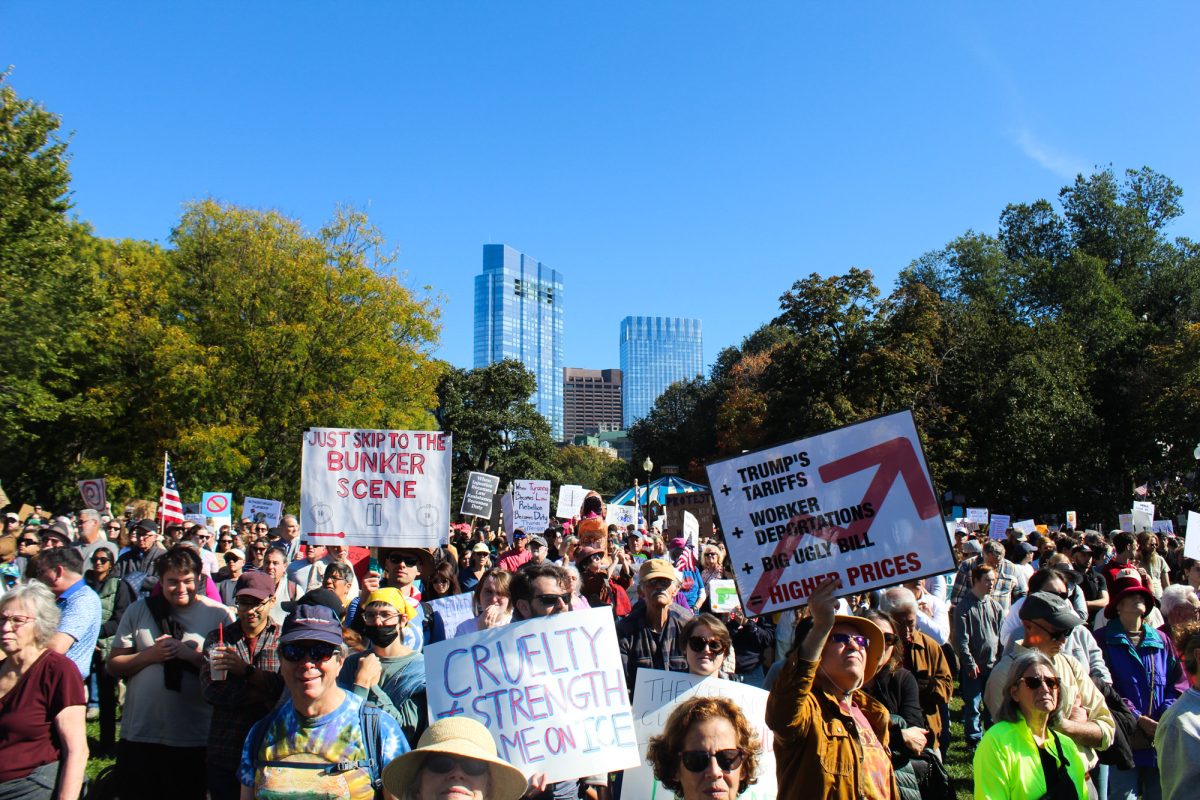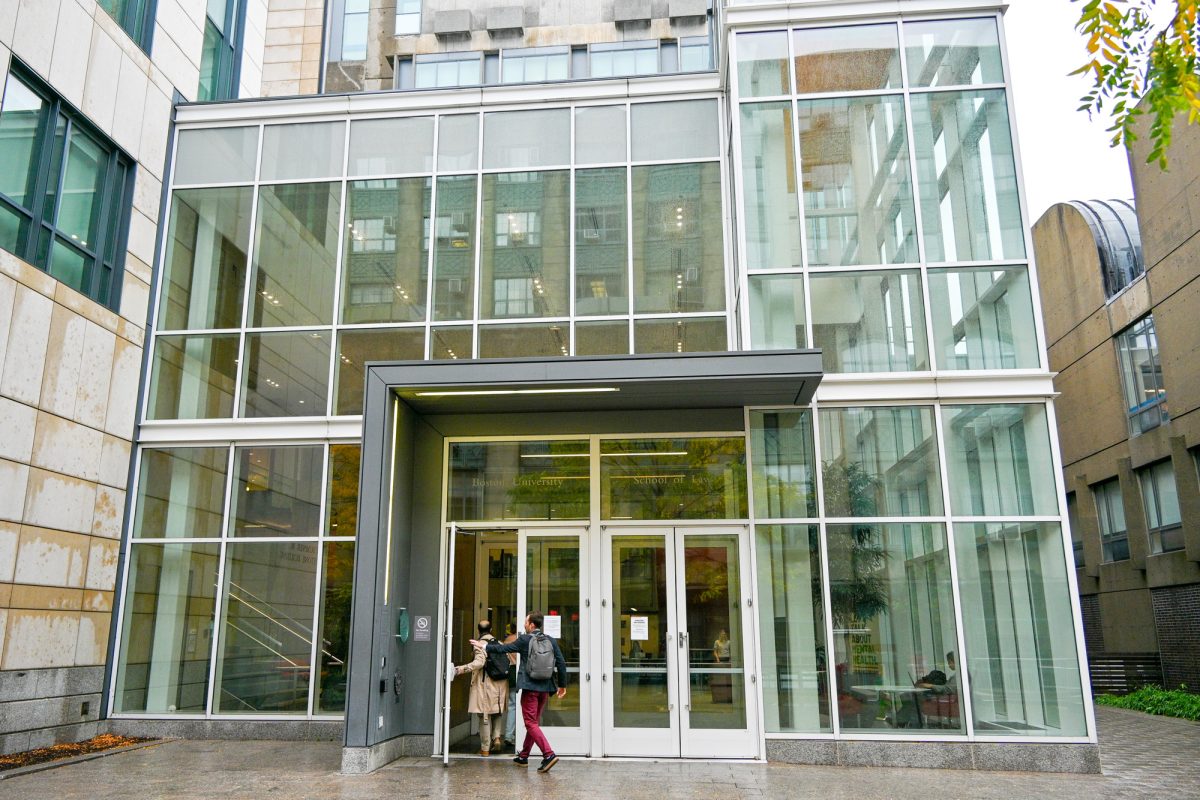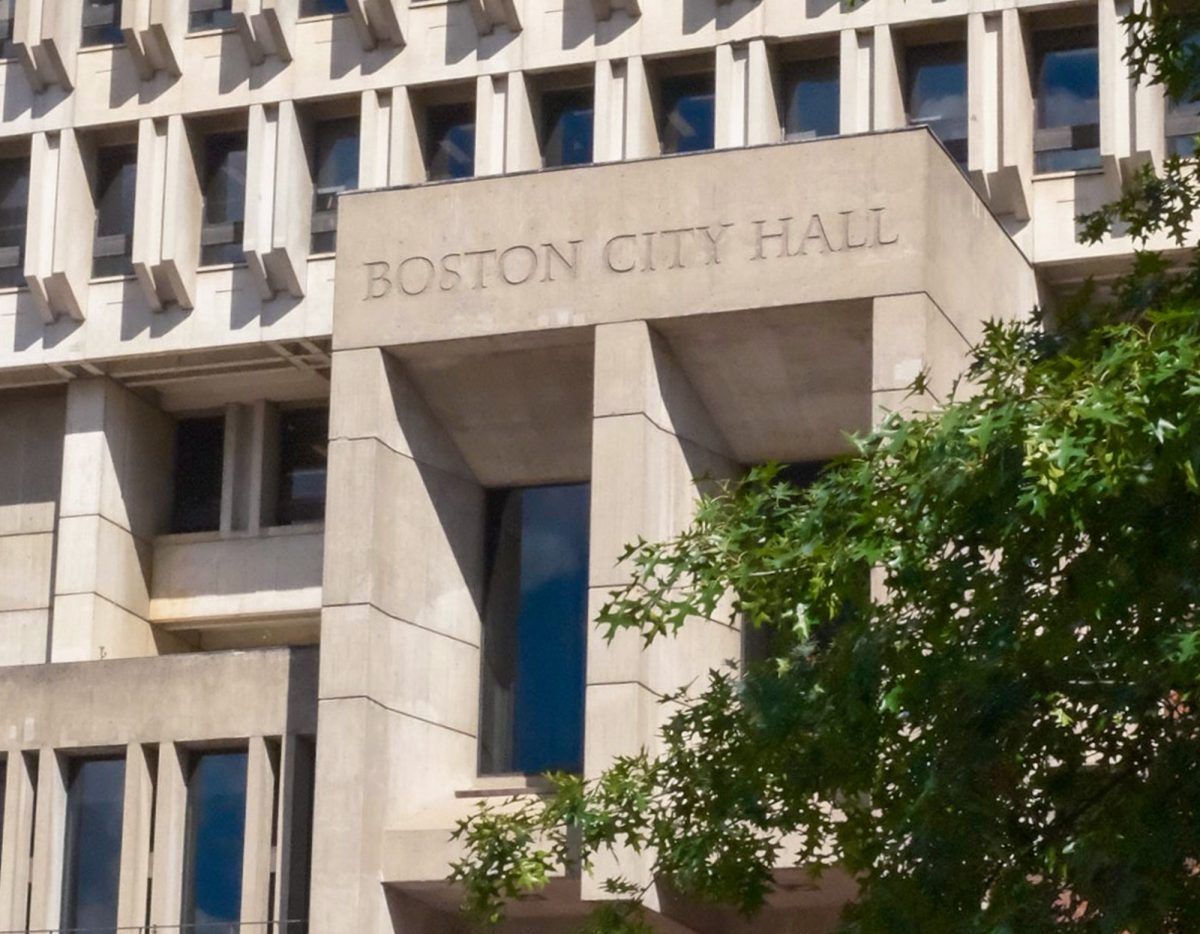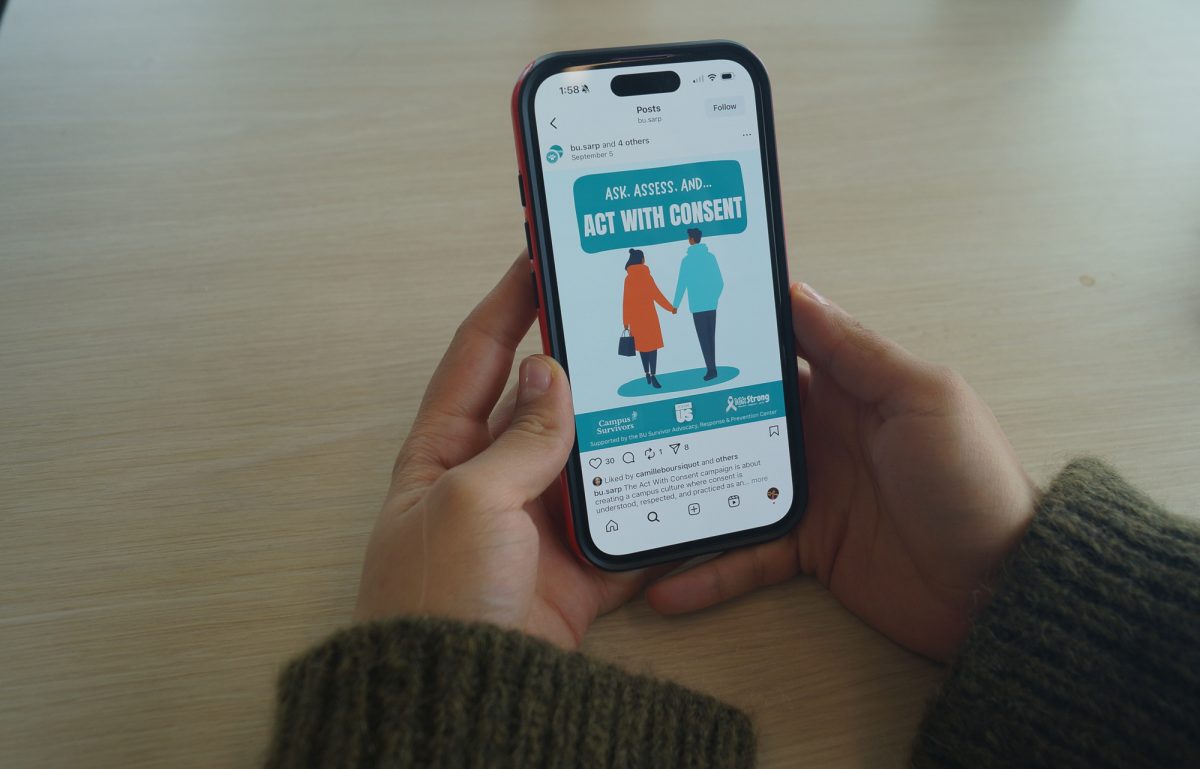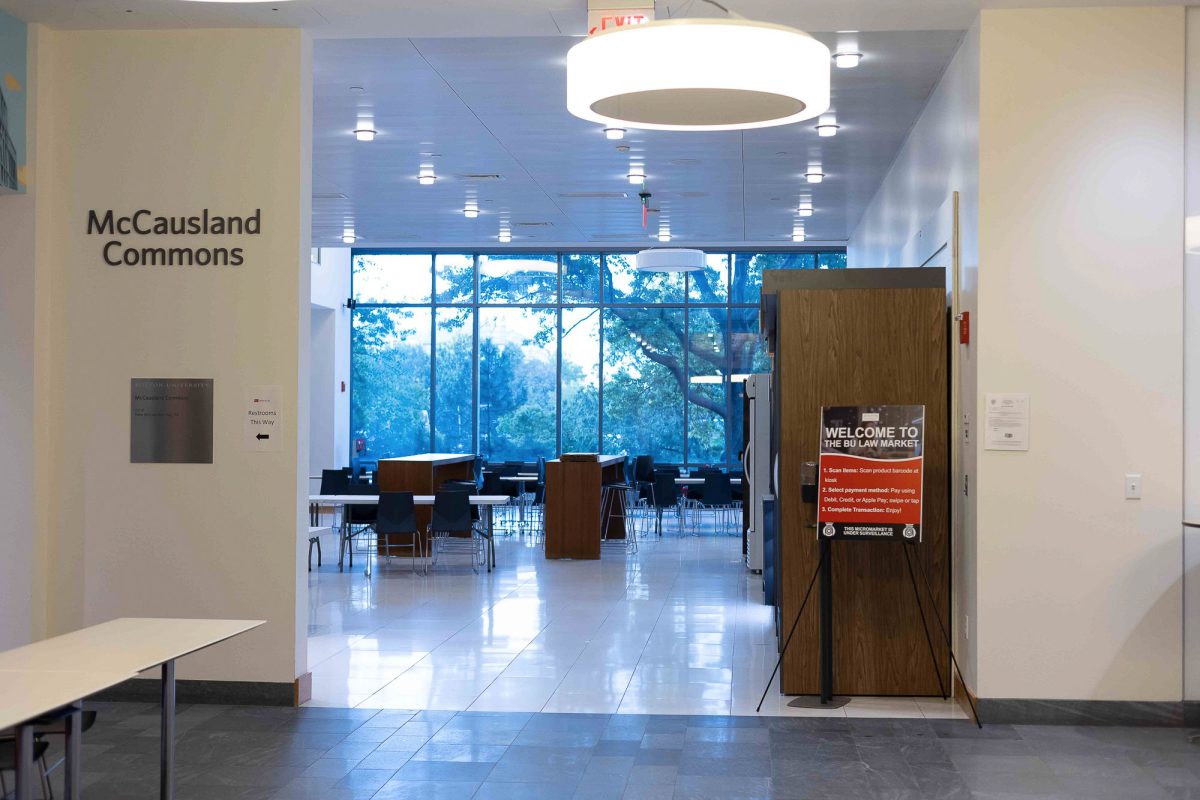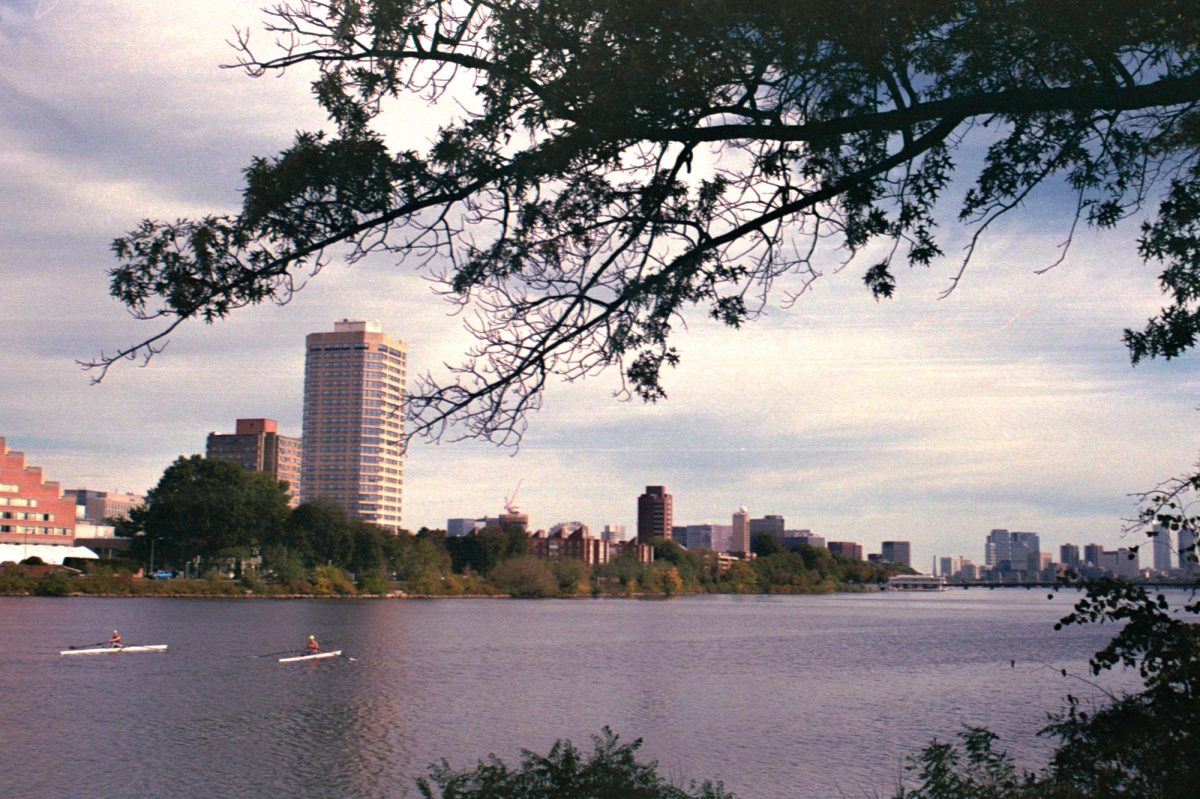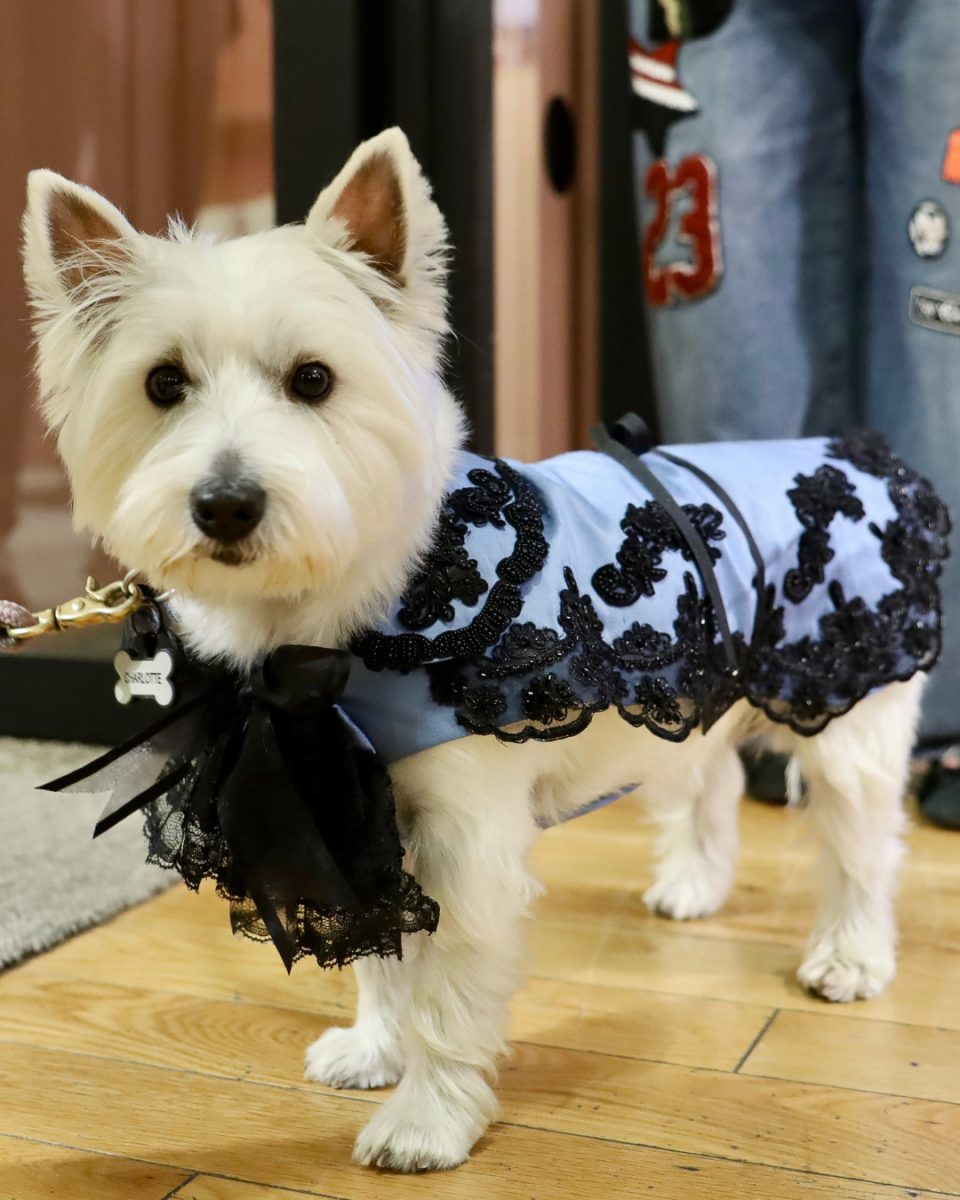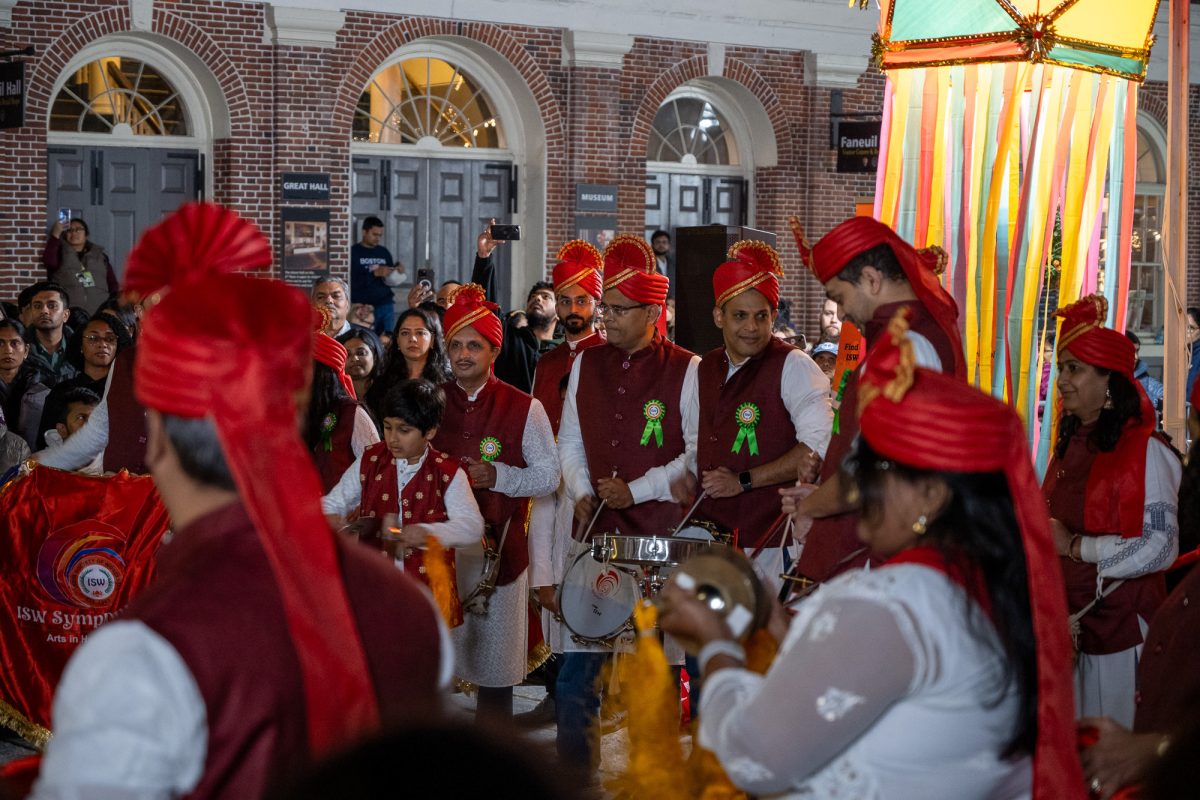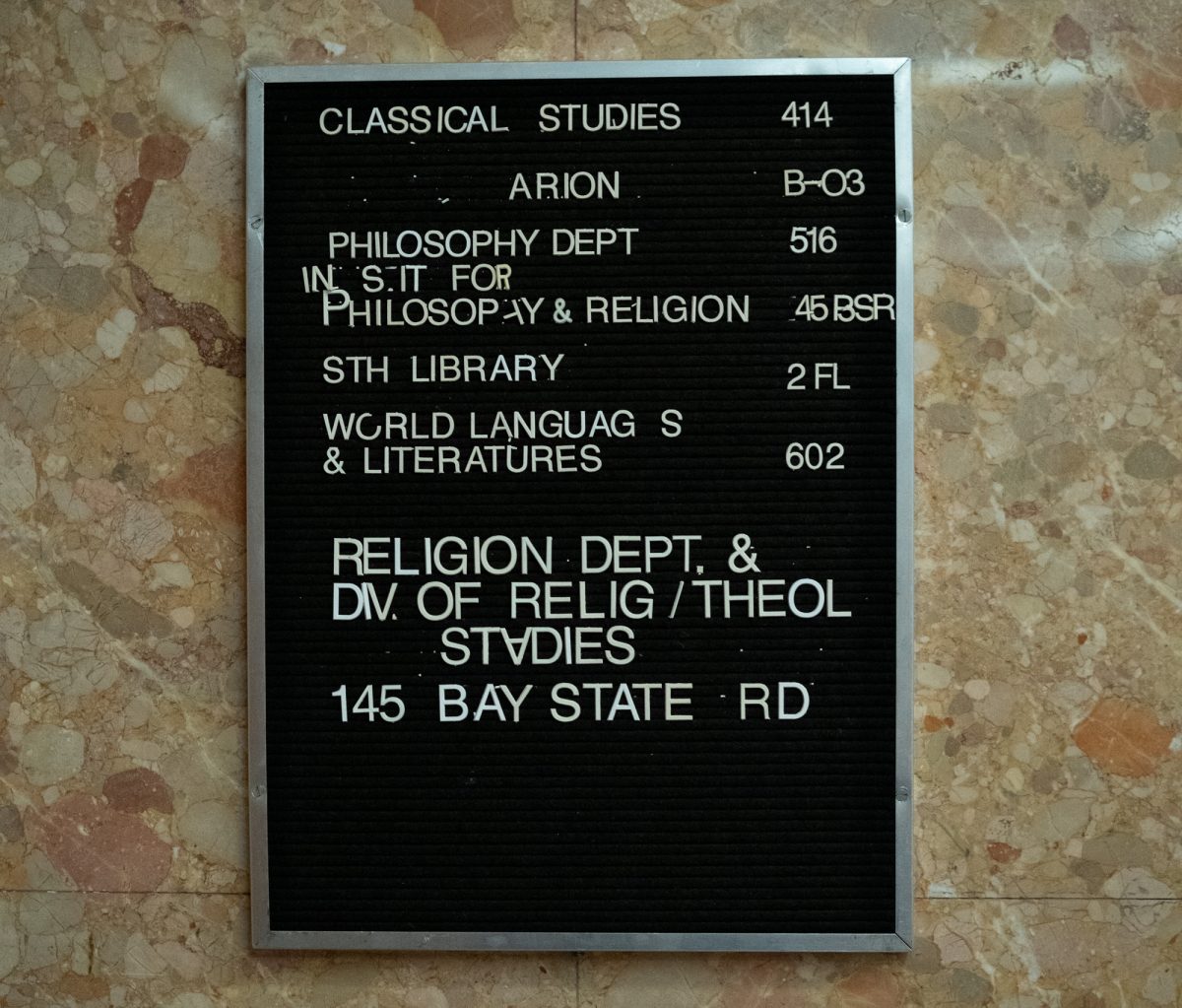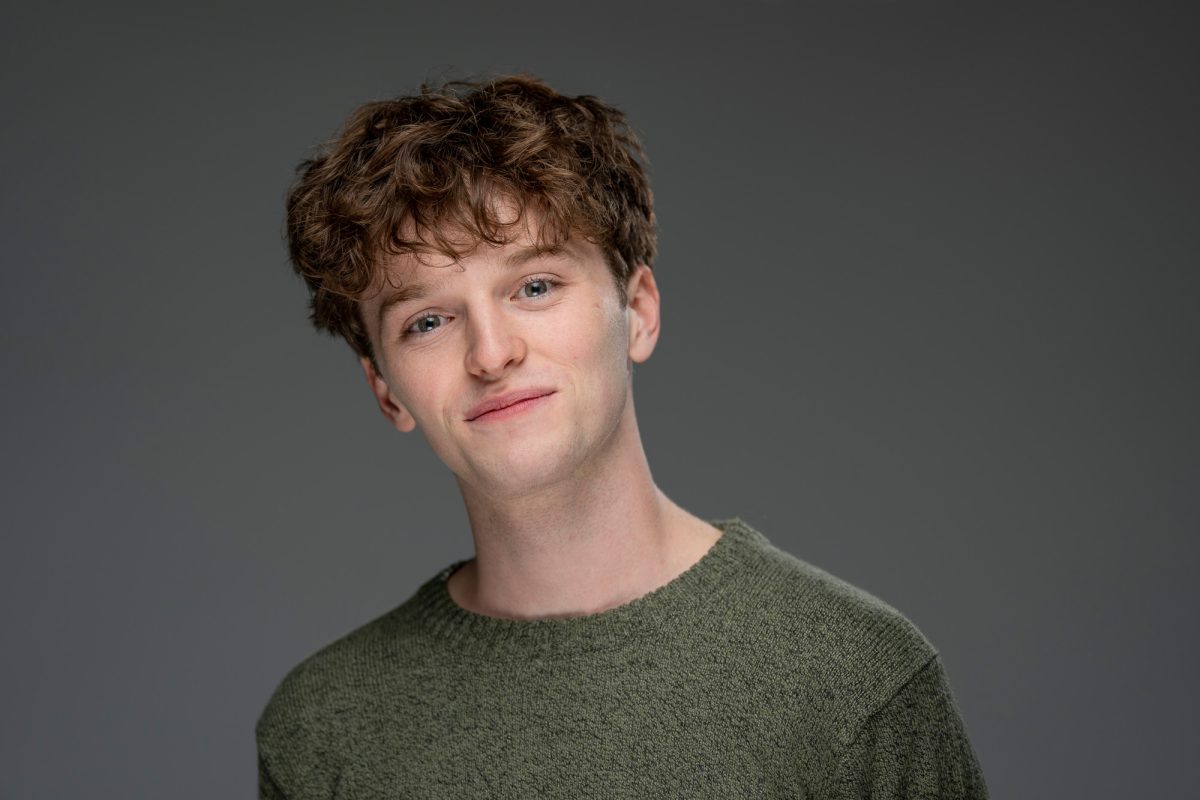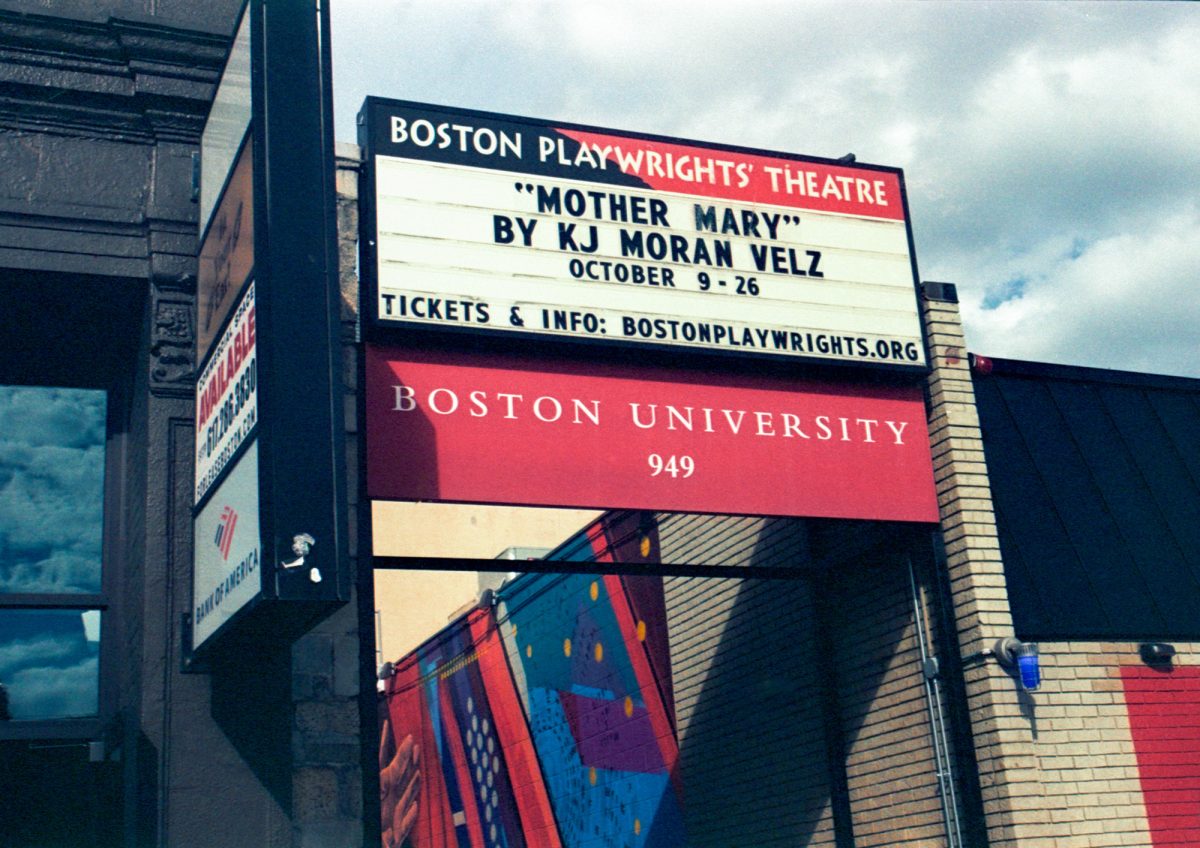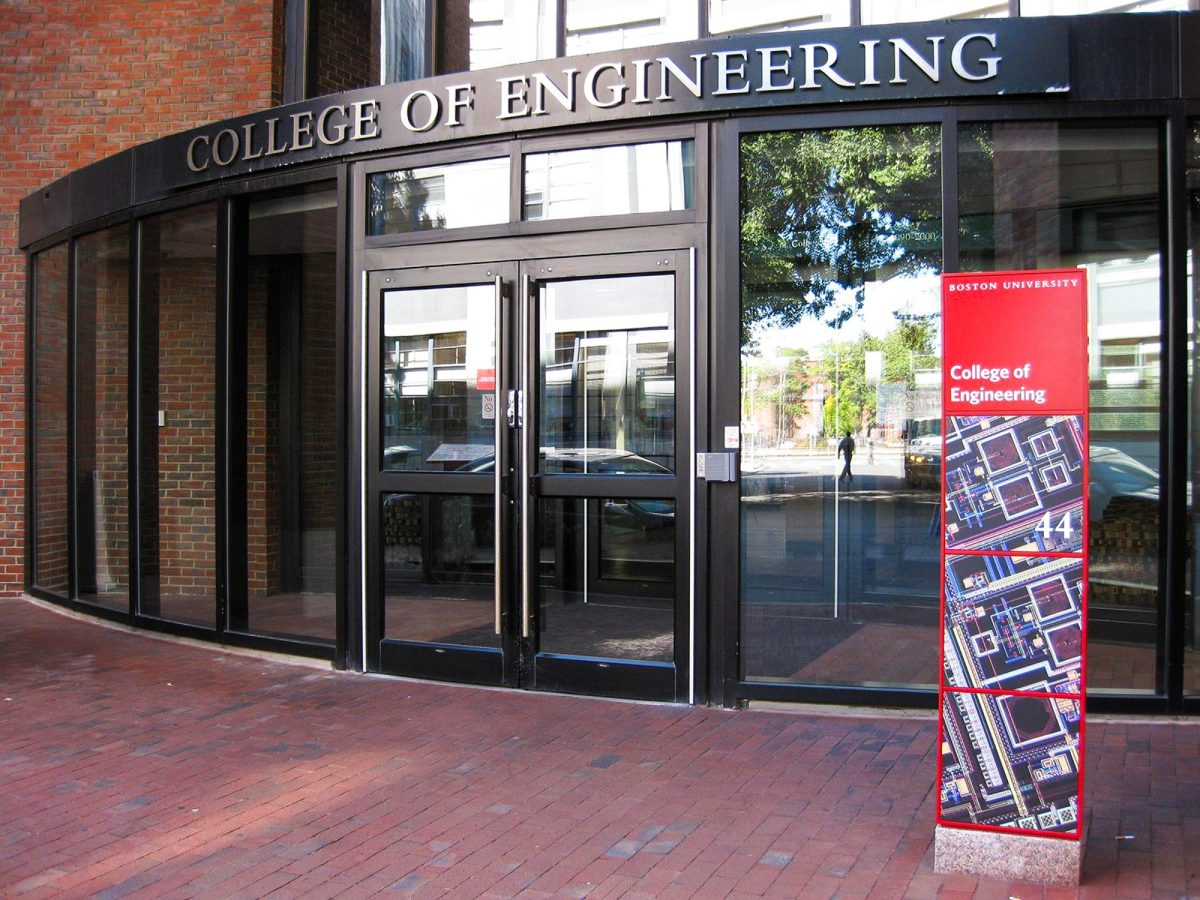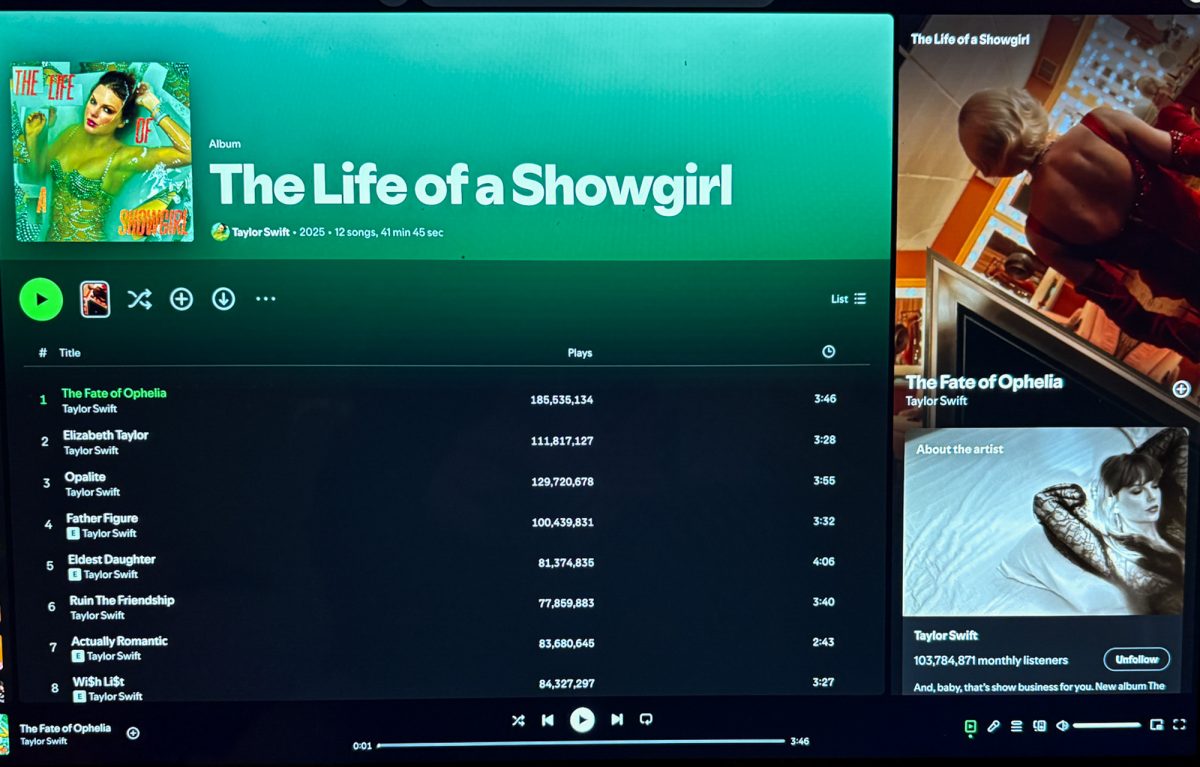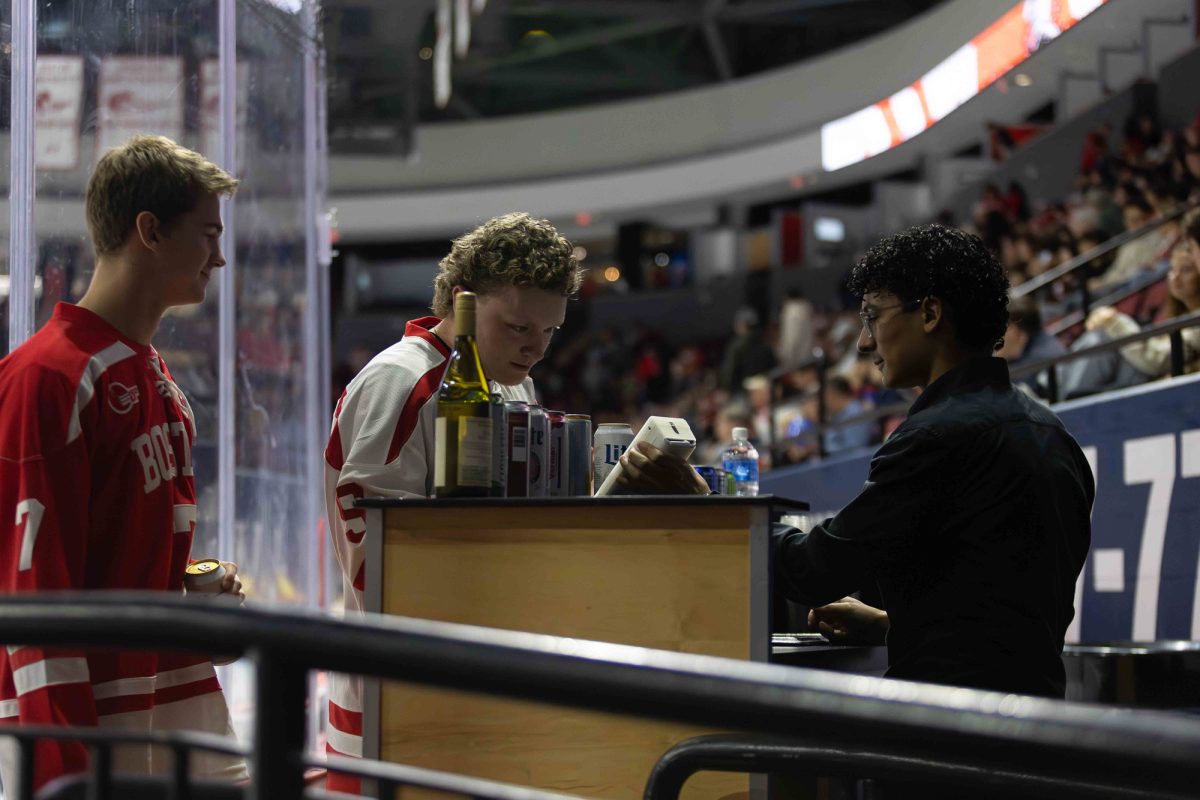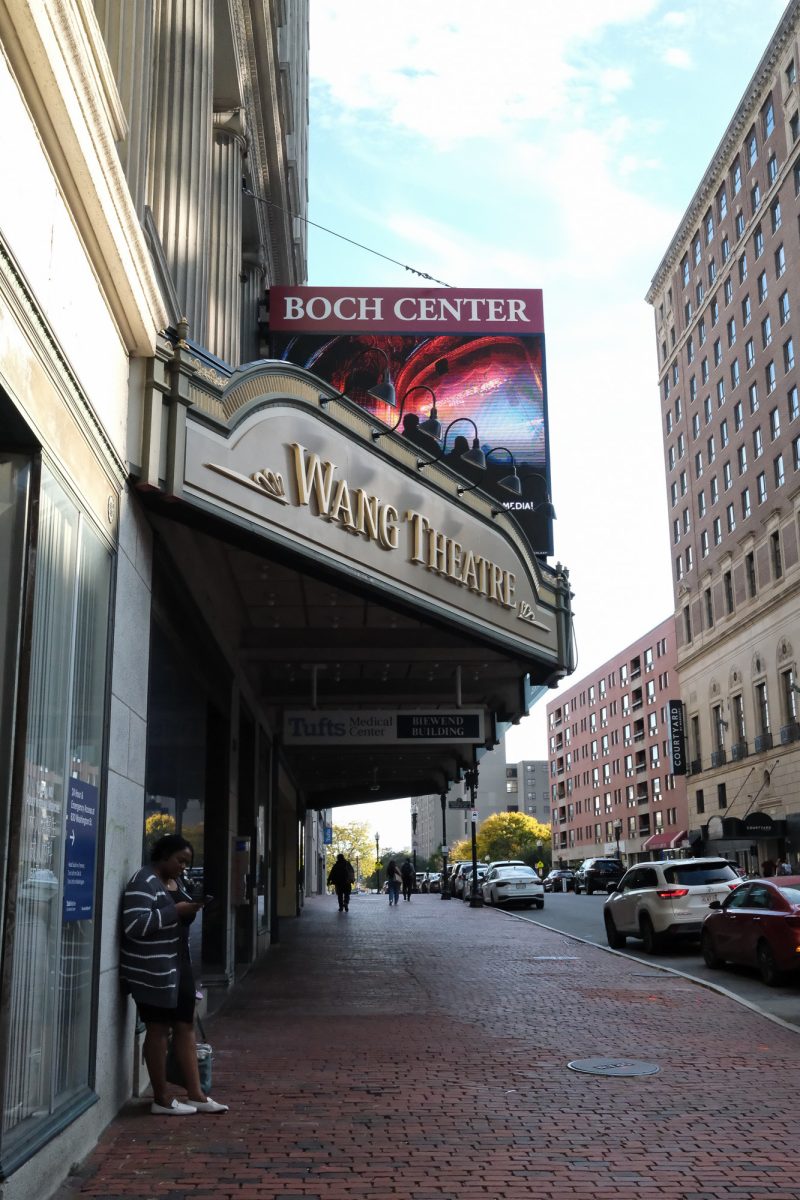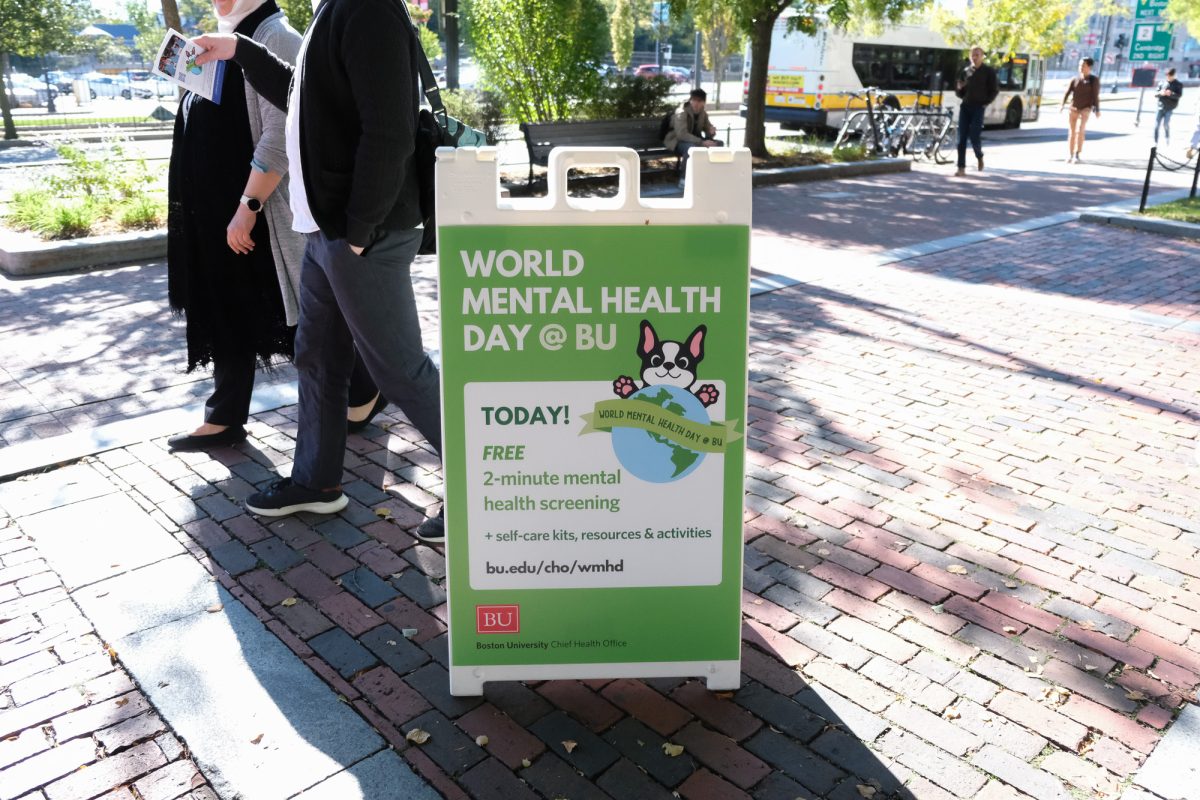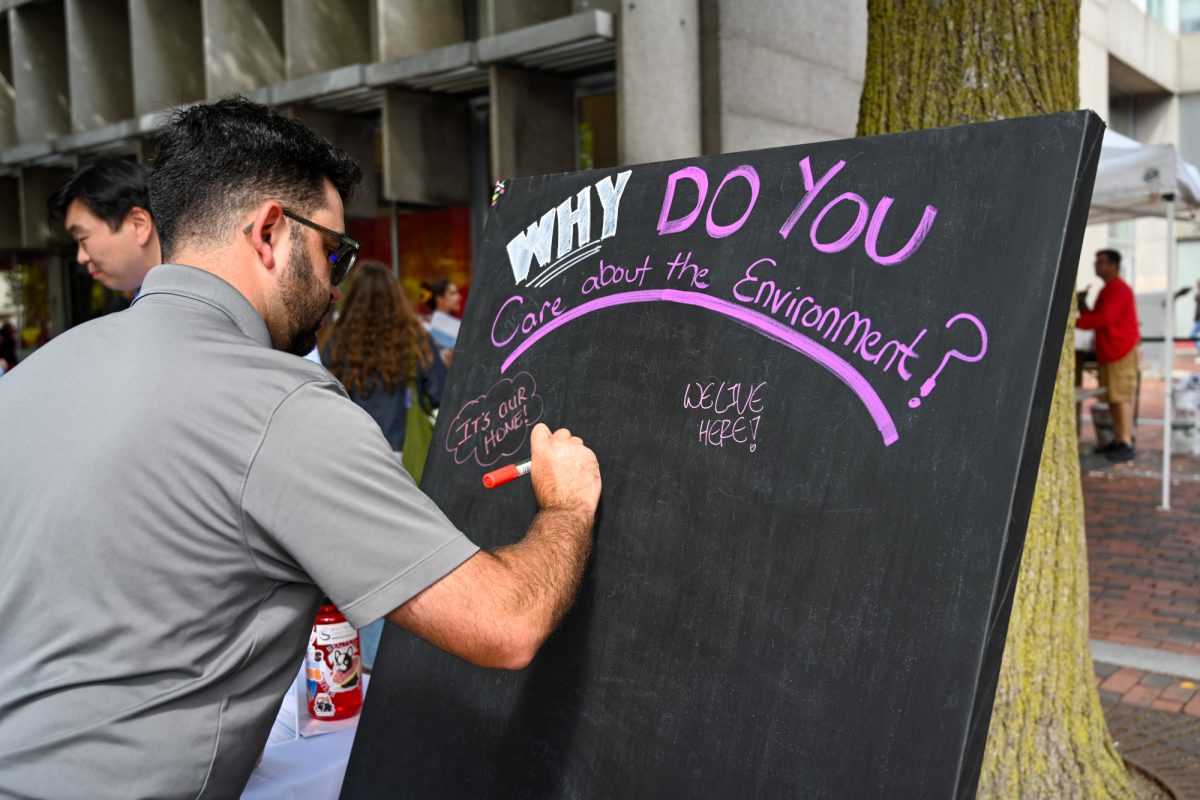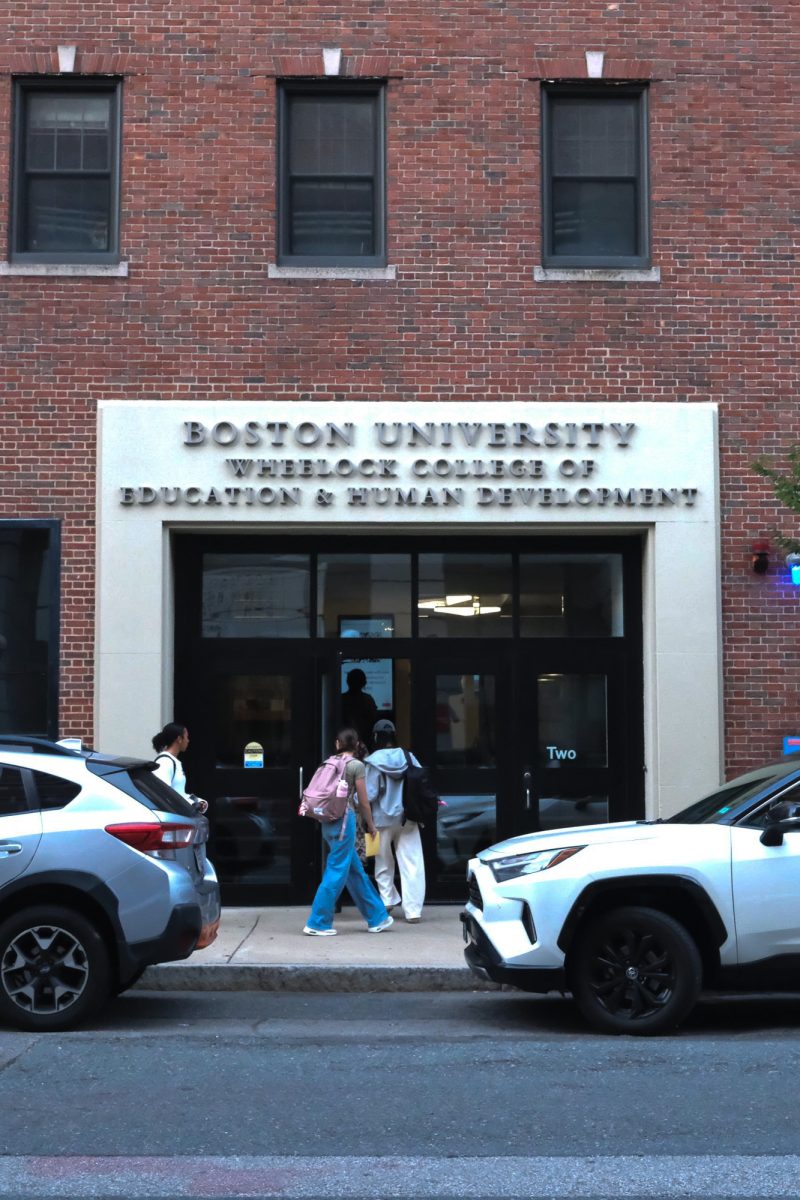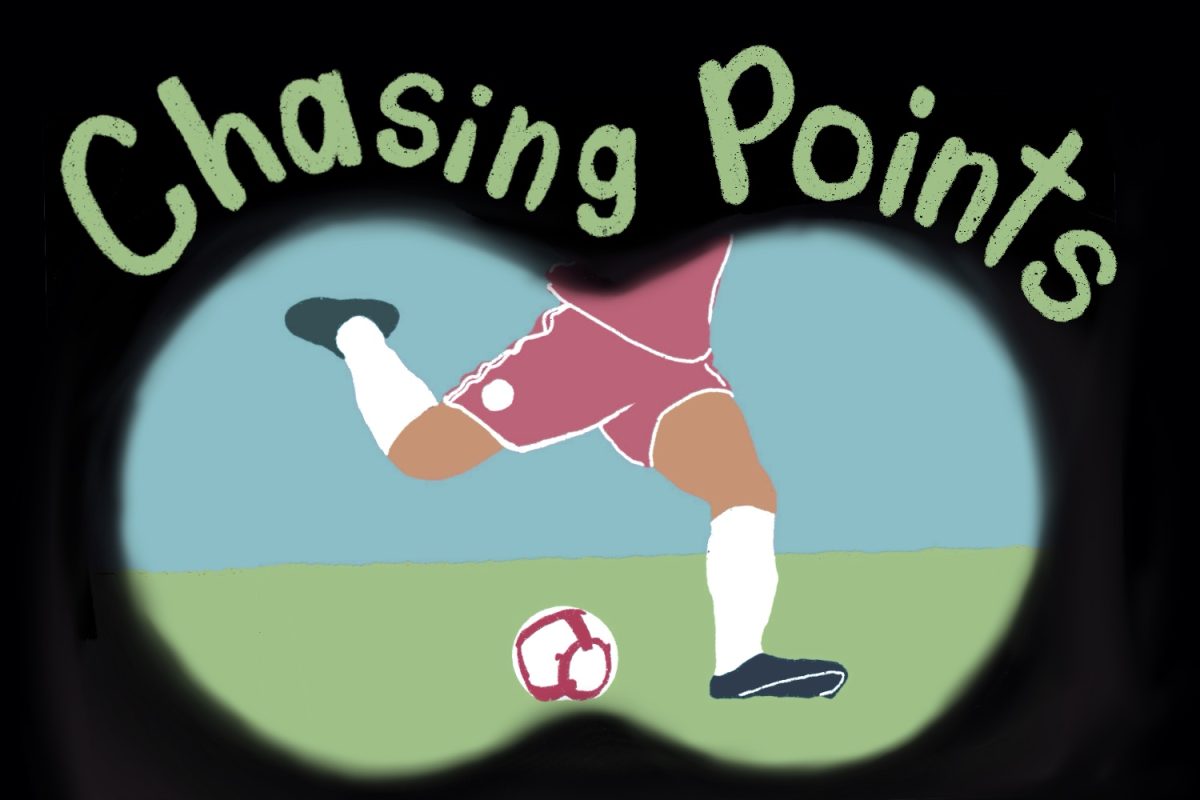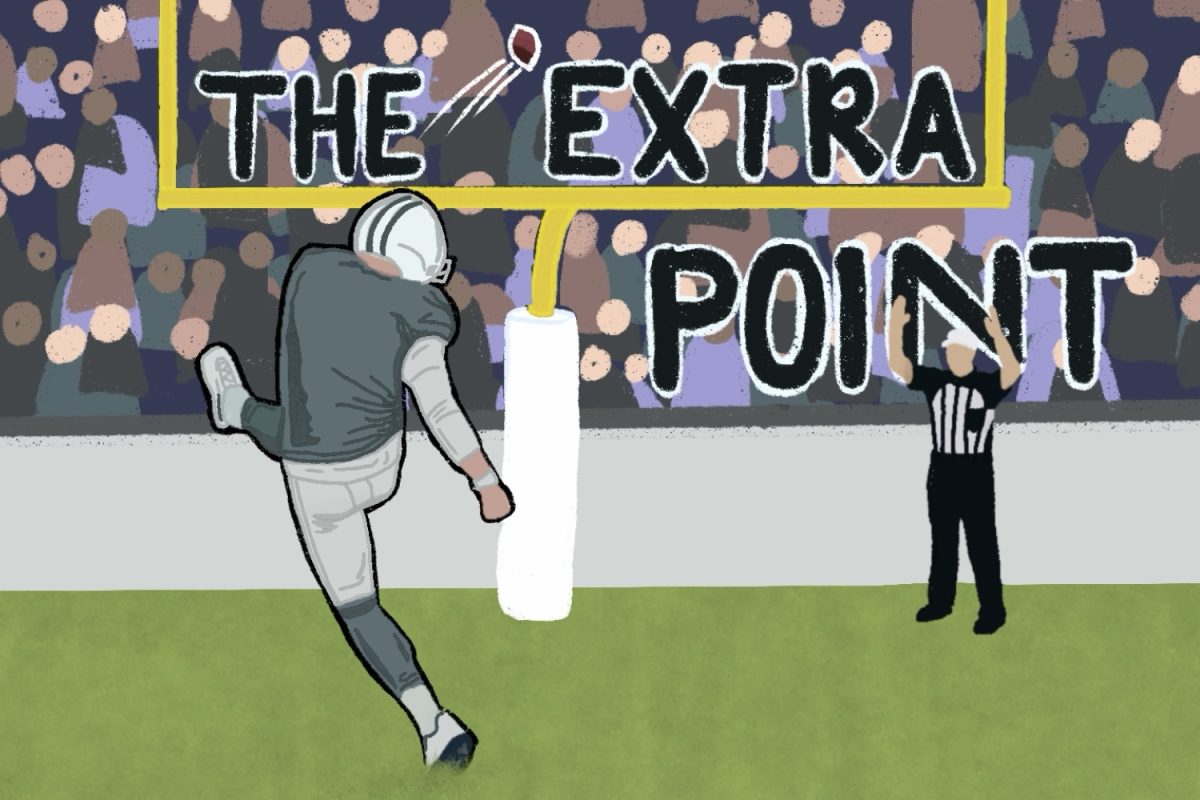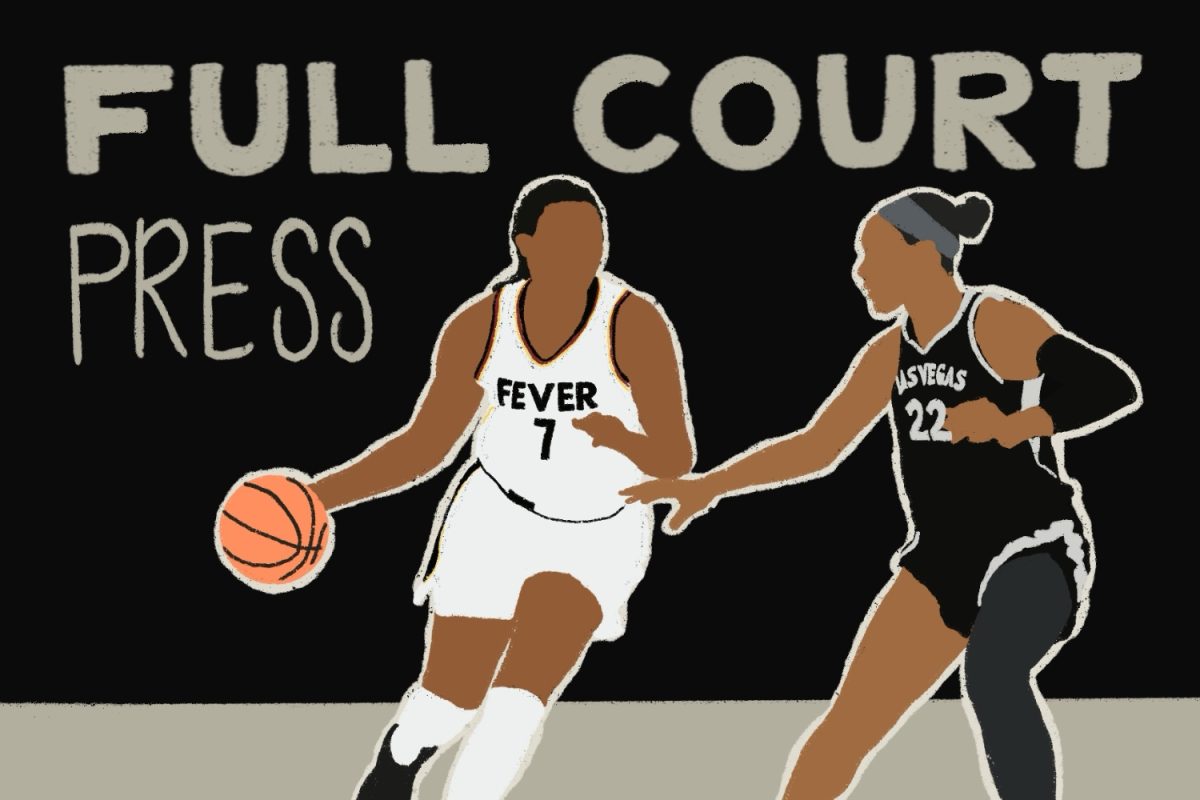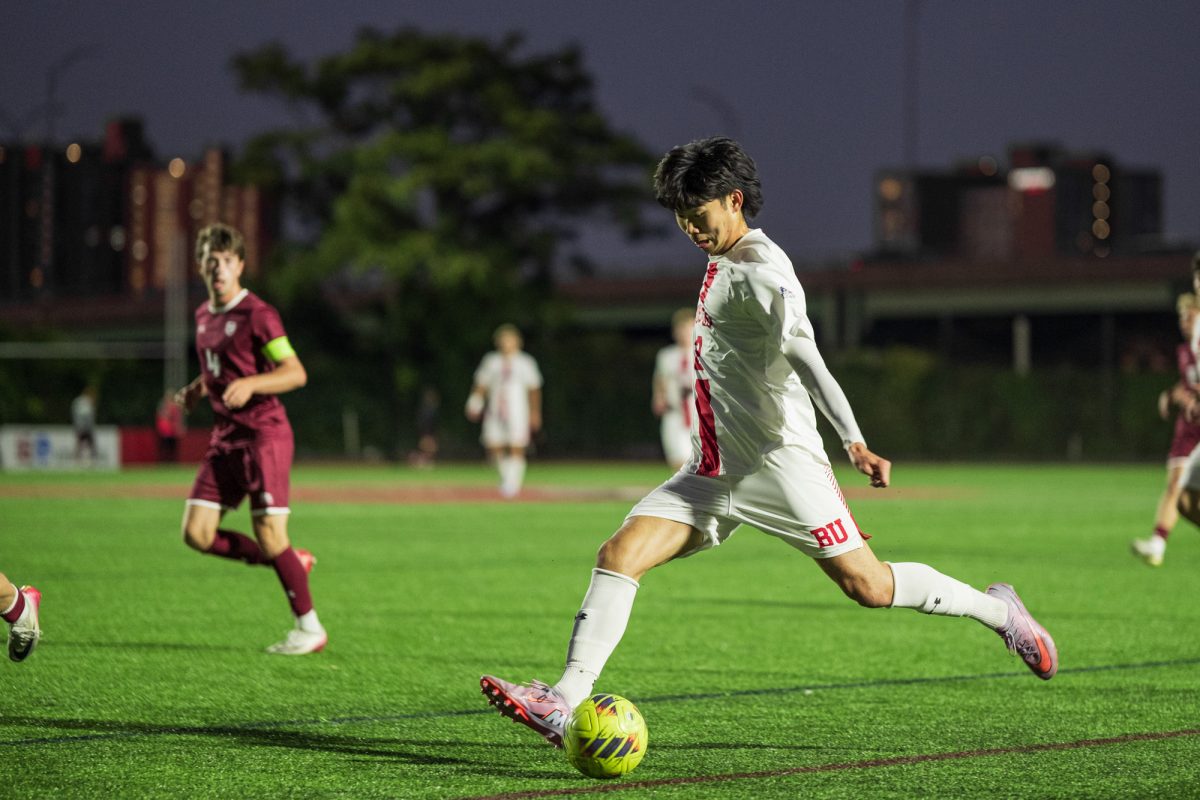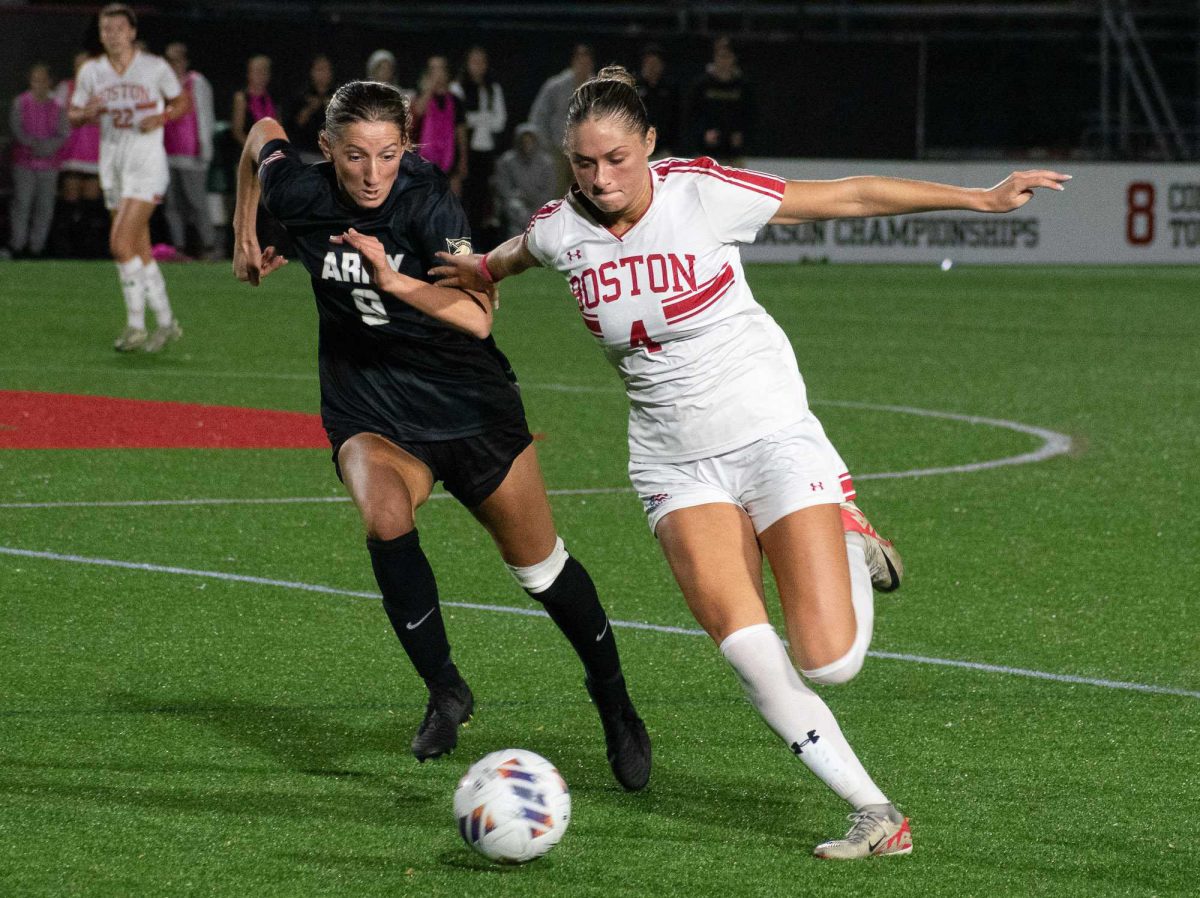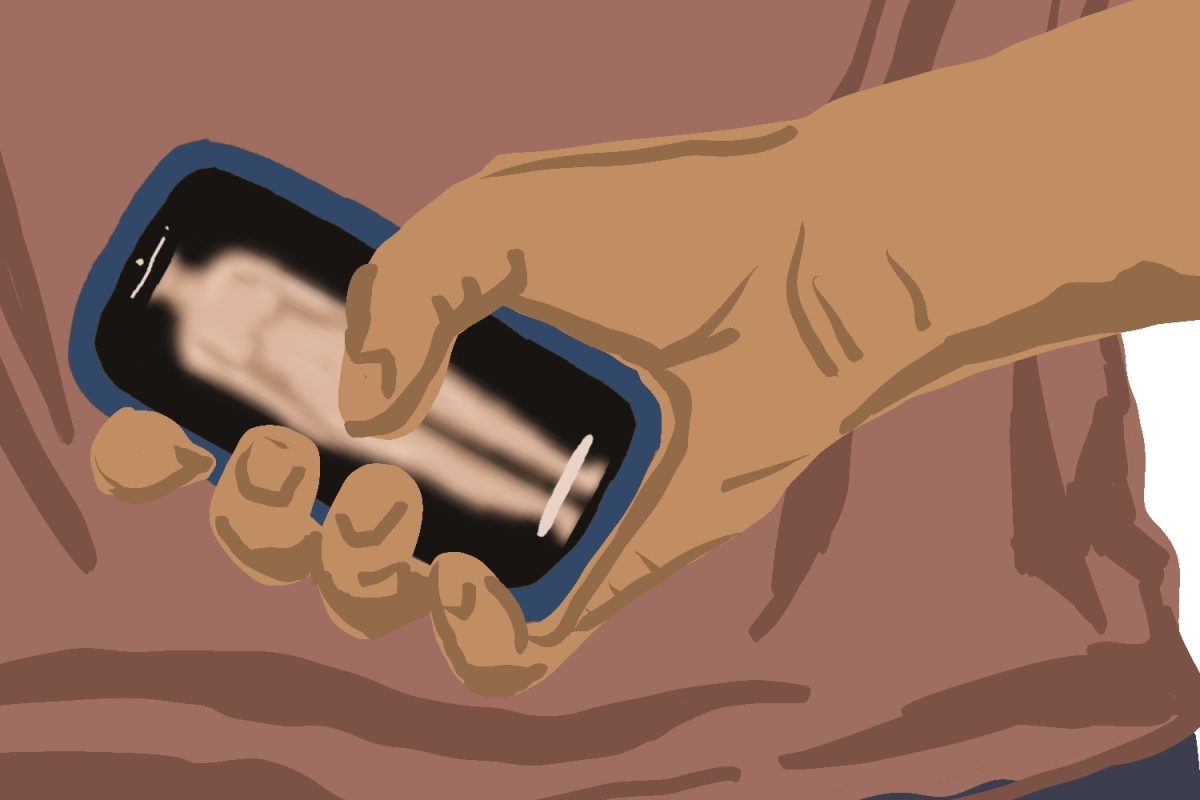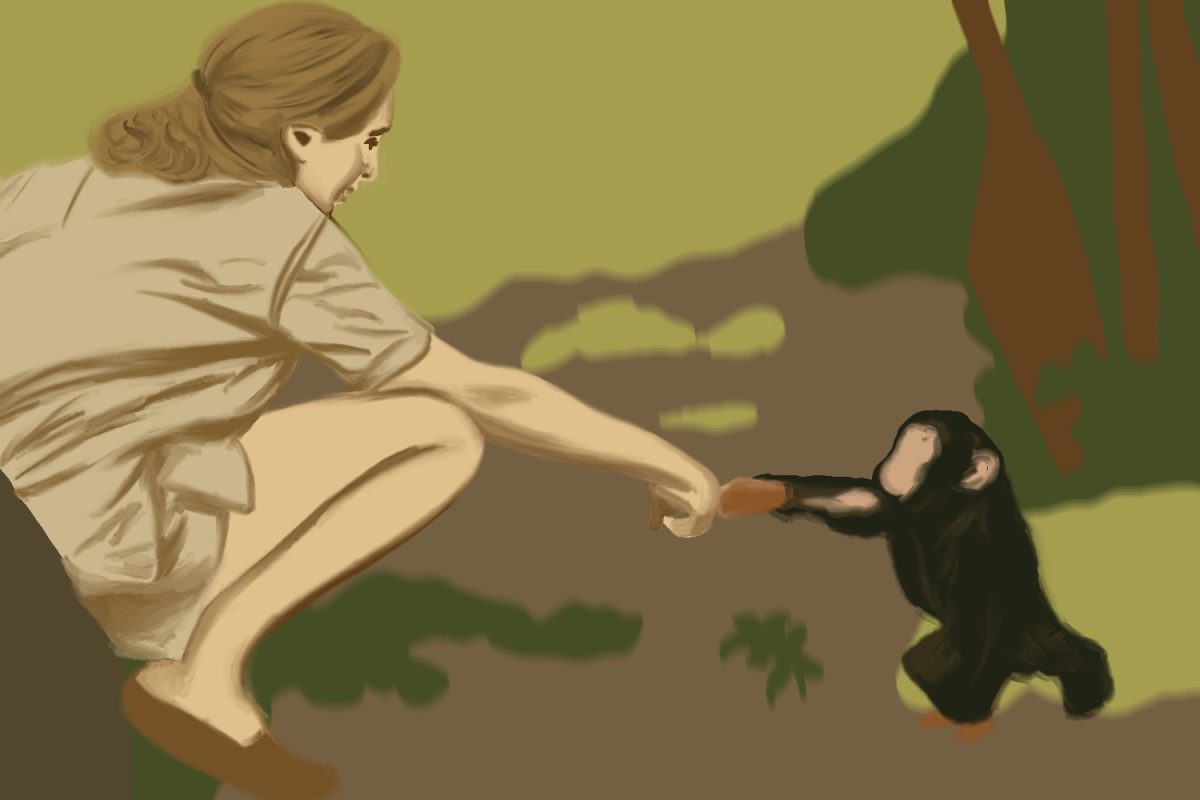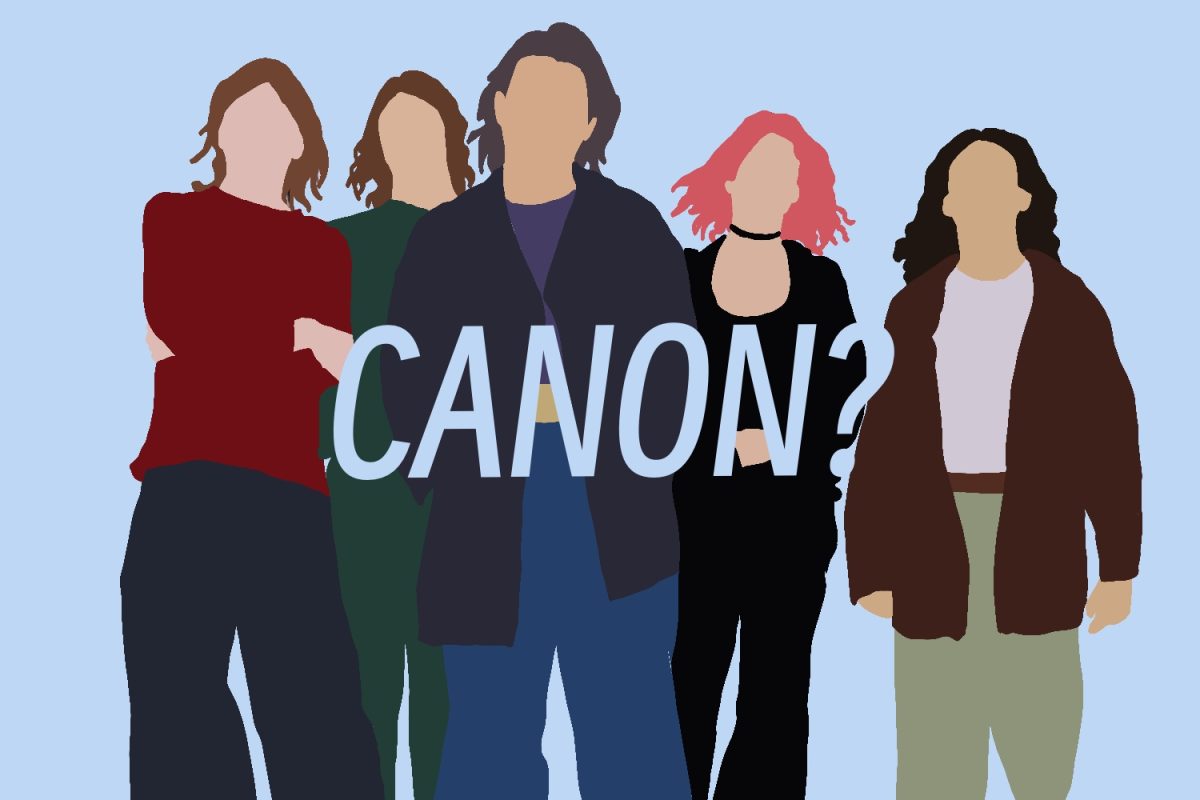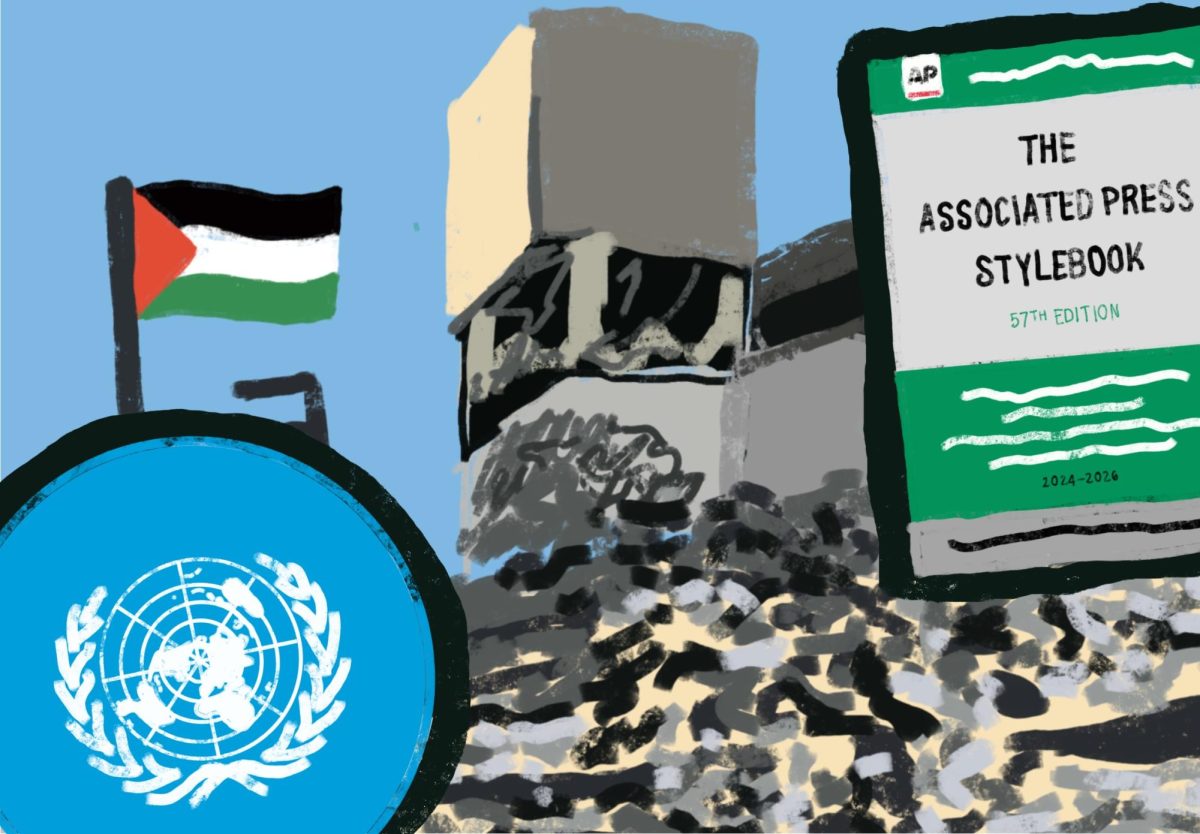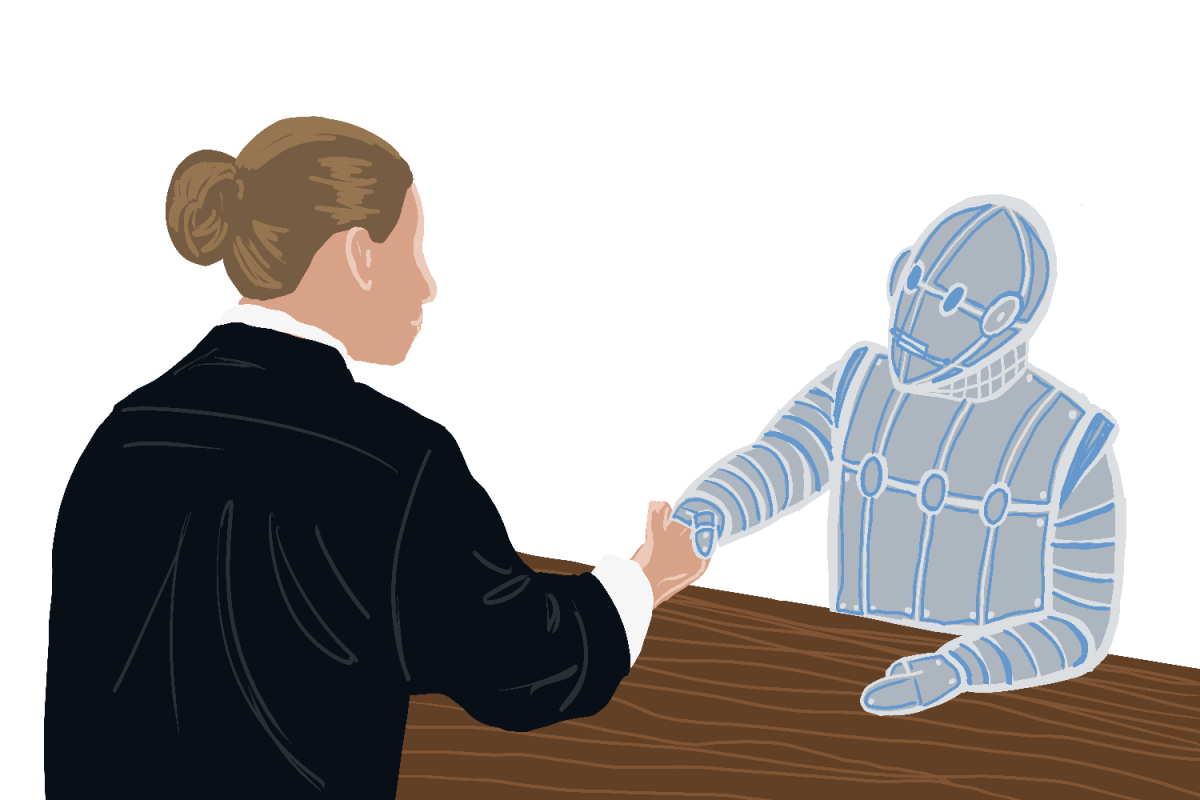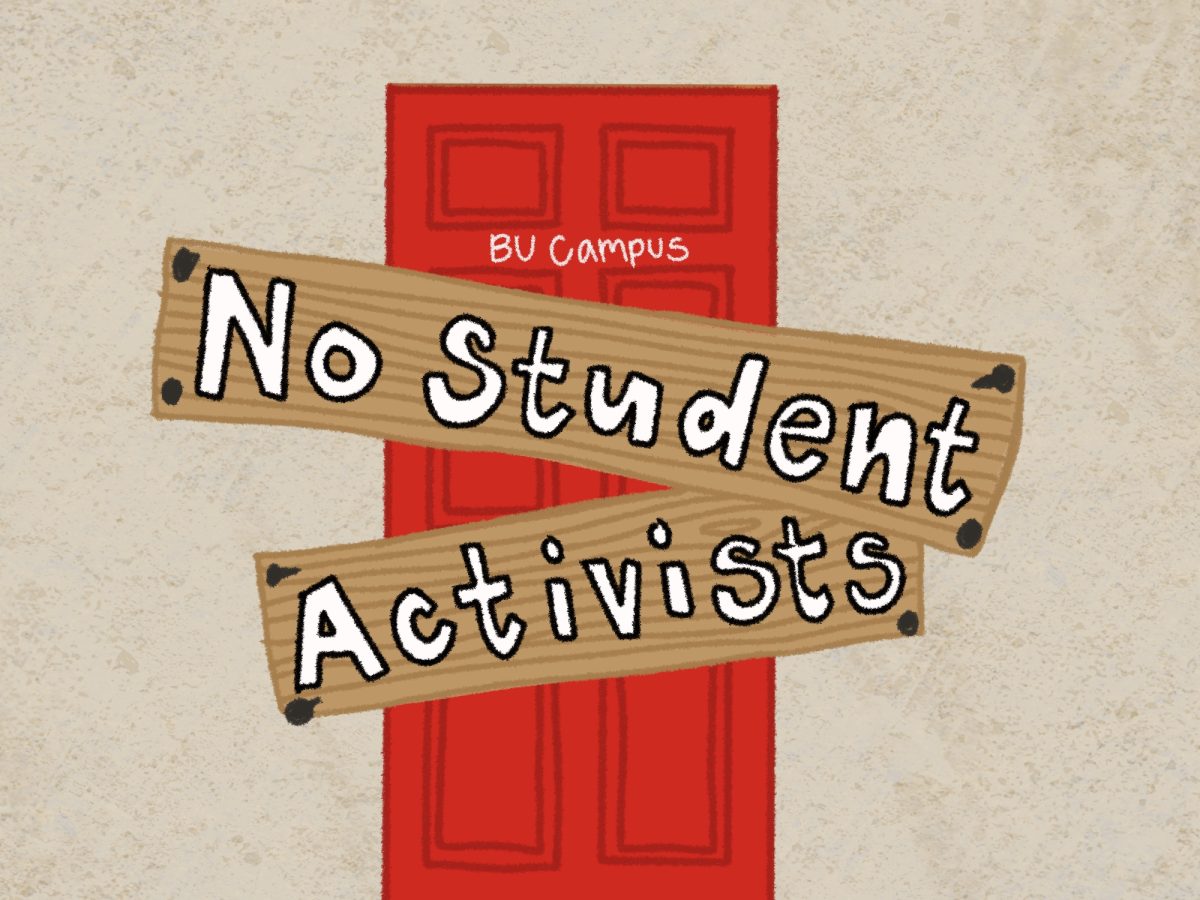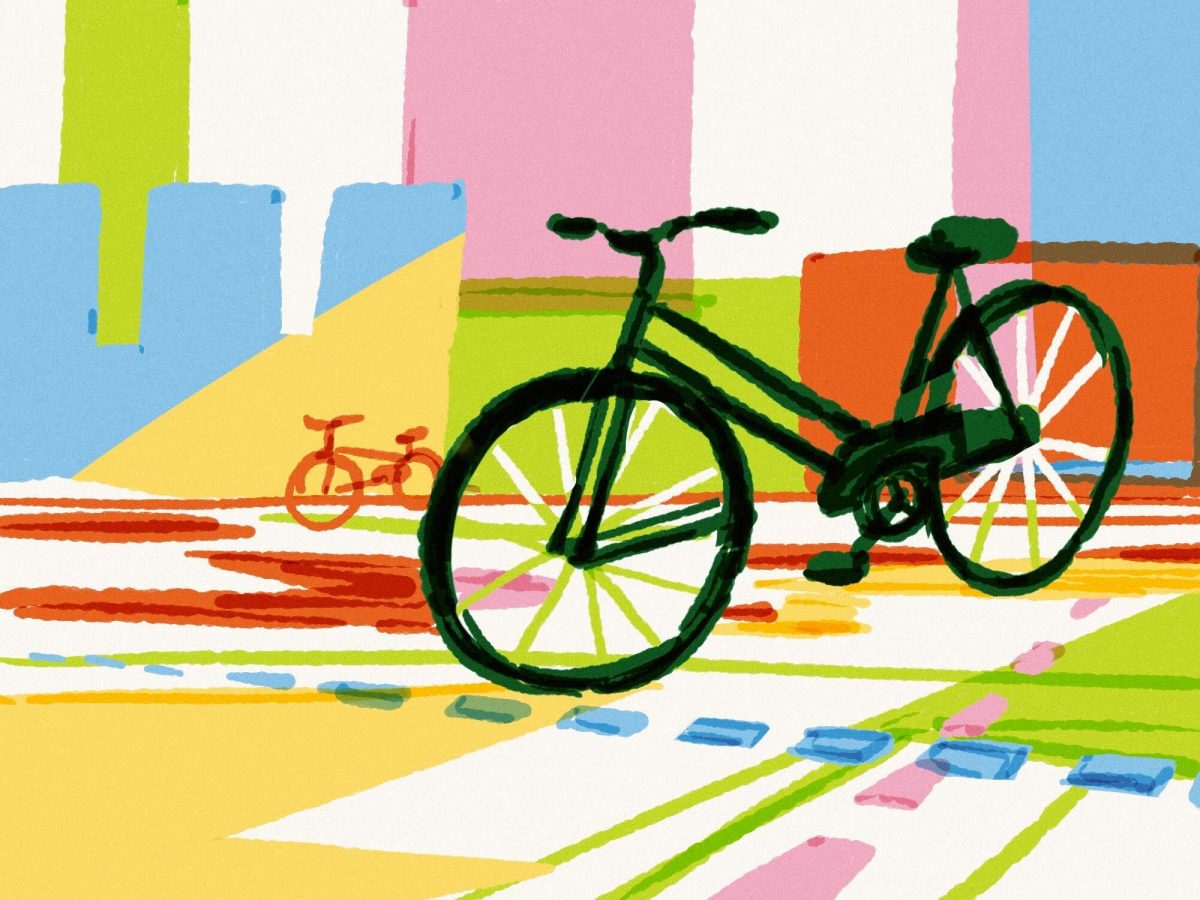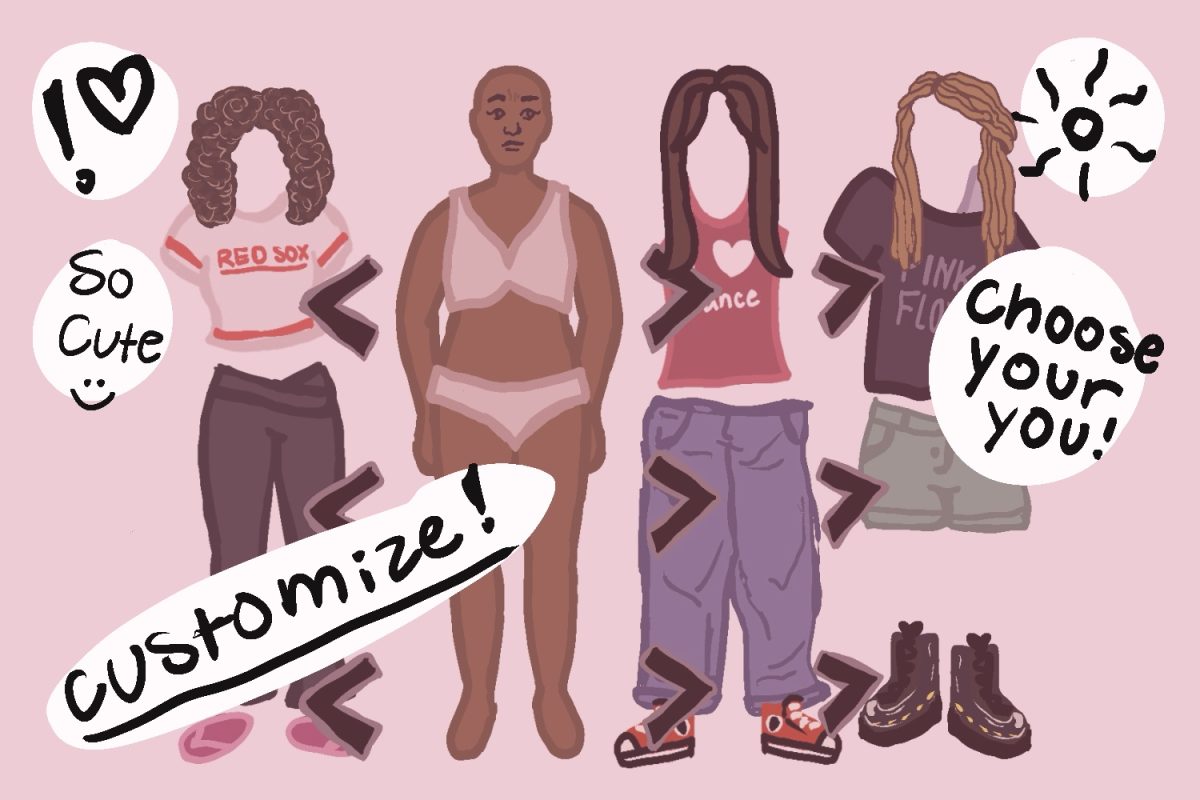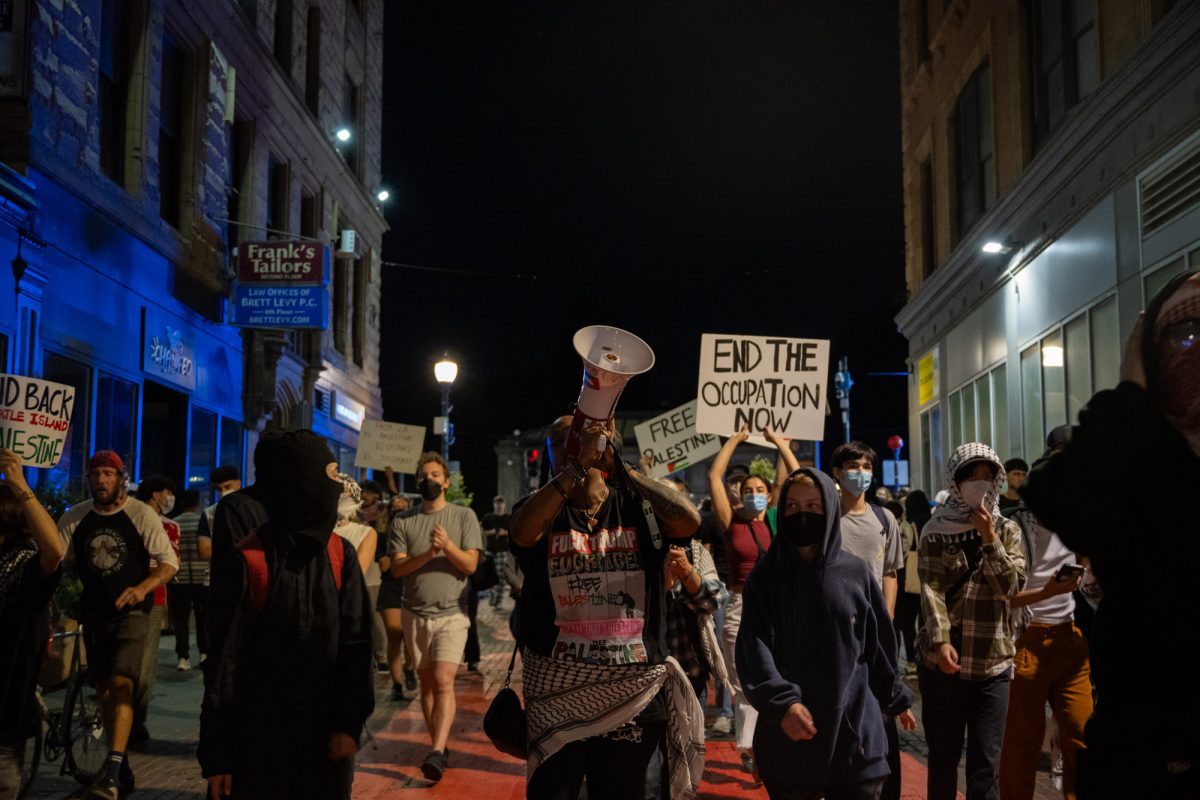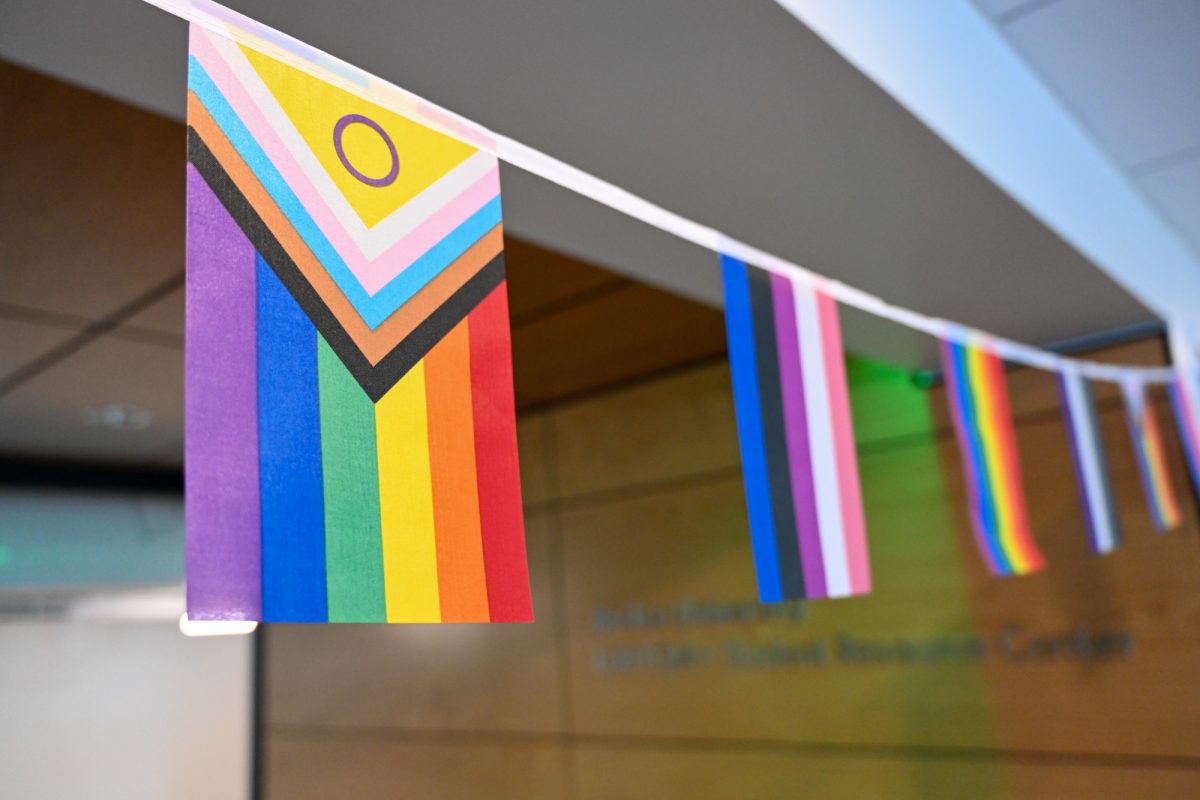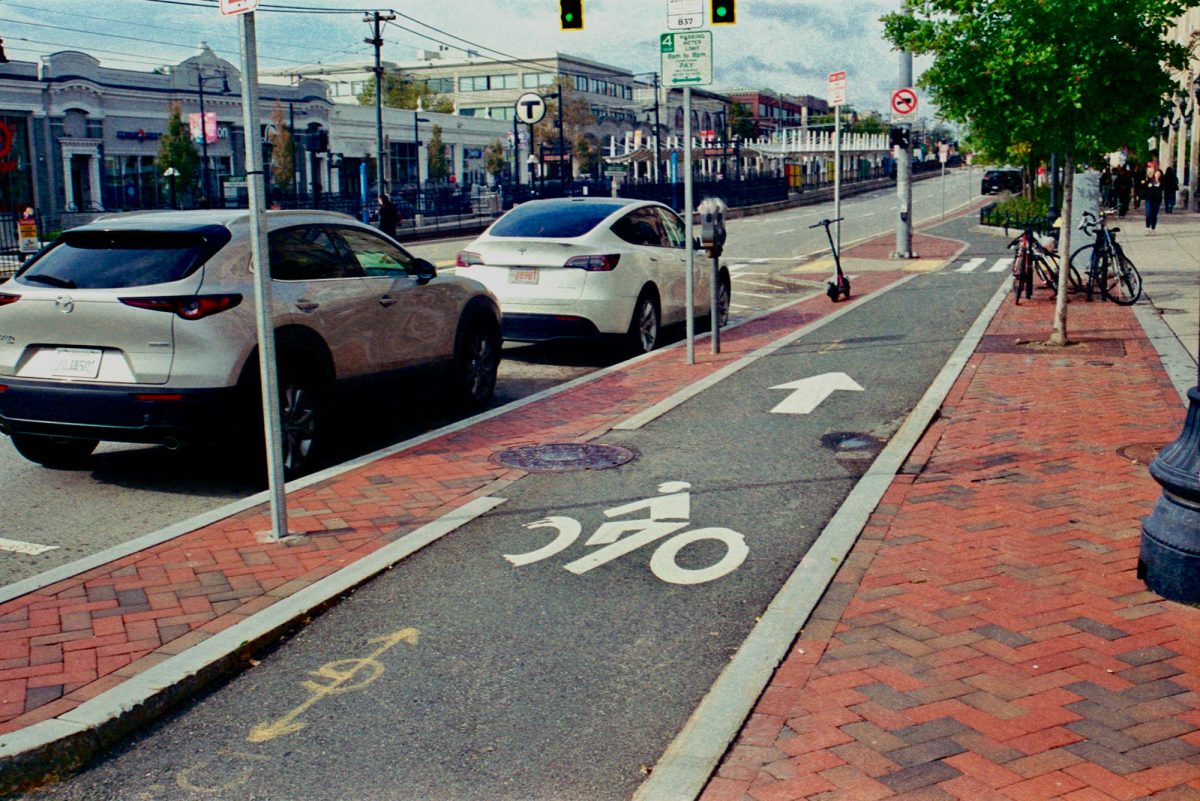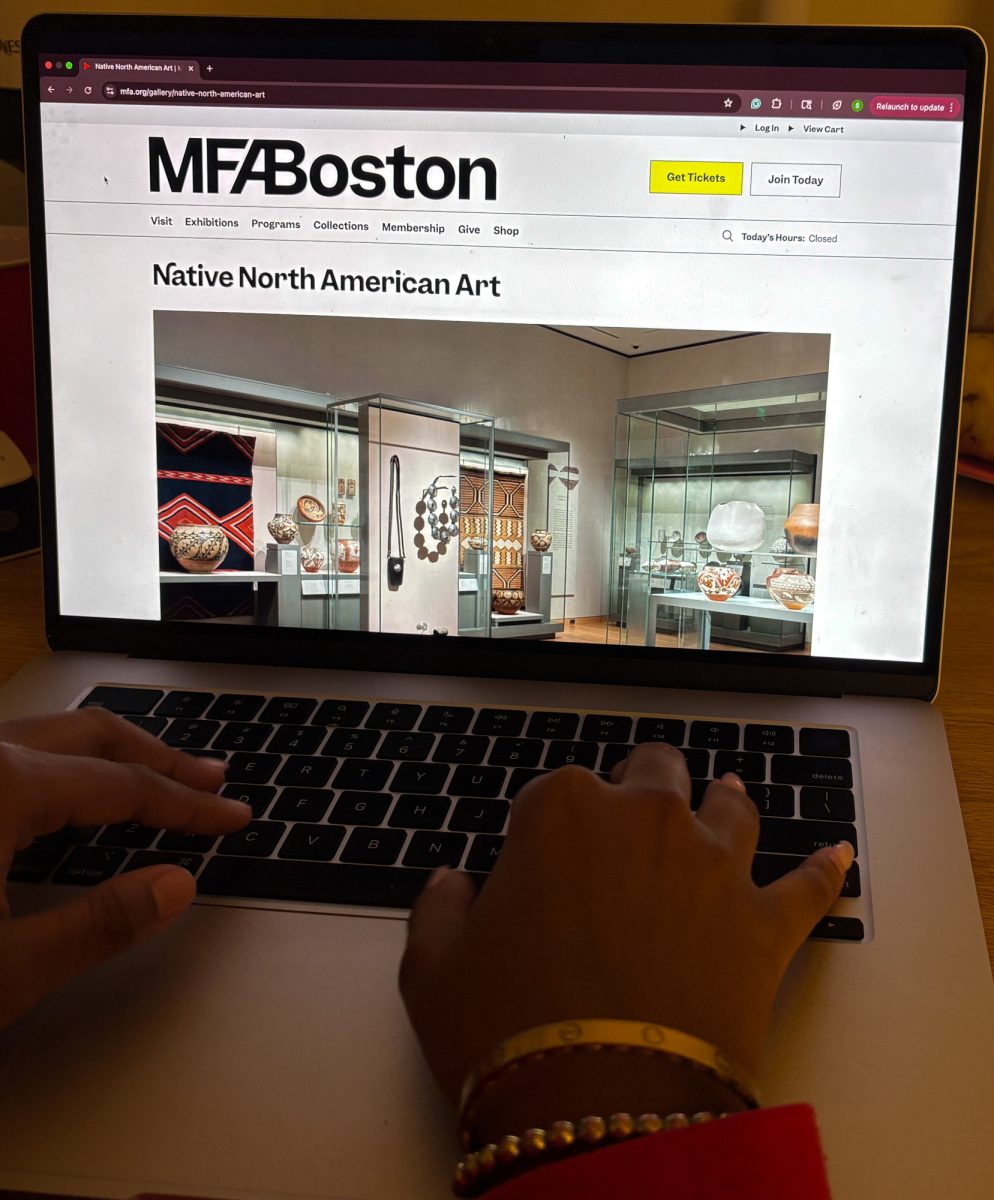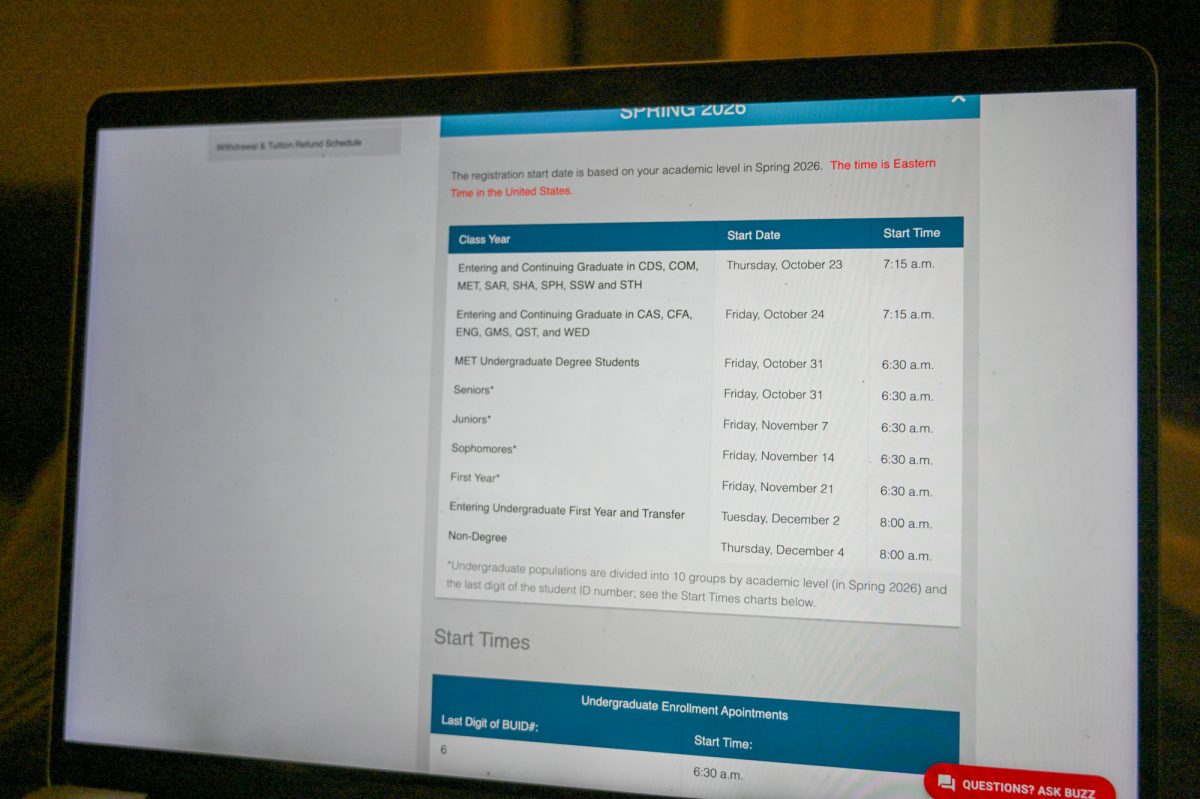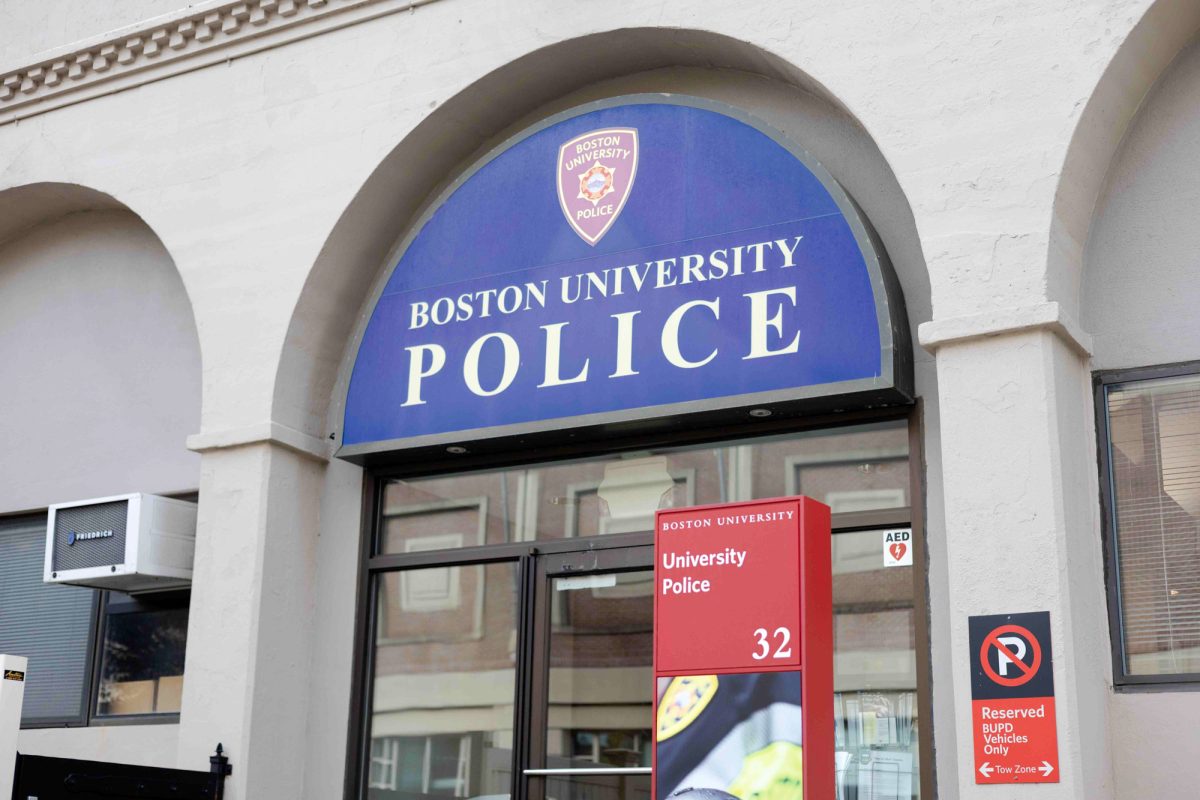A multisensory public art installation that is accessible to people with disabilities debuted at a library in Roxbury on Thursday evening.

Nelly Kate, an artist drawing on her late-deaf experience, debuted a somatic experience art installation titled “Into the Ground, Into the Body” at the Boston Public Library’s Egleston Square Branch, located at 2044 Columbus Avenue, in a reception Thursday at 4 p.m.
The piece features a bench and fountain that both vibrate using inaudible frequencies that can be felt when sitting on the bench. The frequencies also create waves that can be seen in the water of the fountain.
Kate created the installation with no sound due to her experience as a person who is late-deaf.
“I’m really interested in decentering sound as an audible experience and phenomenon,” Kate said. “And inviting people to have an alternate experience of what sound can be like through other media.”
The vibrations ripple through the water, allowing viewers to use their senses of touch and sight to interact with the piece, making the experience “more embodied,” Kate said.
Olivia Reinebach, Kate’s collaborator and access team leader, said the installation’s lack of audible sound invites viewers to access it through different ways.
“Embodiment can take many different forms because we all have different types of bodies,” Reinebach said.
The various sensations also make the piece accessible to those who may have visual impairments.
“If somebody is blind or has low vision and wants to approach the structure, there’s an option for them there, too,” Reinebach said. “We’ll have an audio description feature attached to the piece, so you can listen to that audio description as you feel it.”
The opening reception was accompanied by an access team led by Reinebach that provided American Sign Language interpretation, audio description and live Spanish translation.
Kate said that as a person who is late-deaf, she strives to transfer the experience of living in a world that is hearing-centric into her work.
“Within the hearing world, I have often felt like my experience was different, and I don’t think of that as being an intention coming into this project that is a negative one,” Kate said. “It’s meant to be additive to support the broader community and the hearing community in understanding another dimension of experience.”
The installation was commissioned through the Boston Public Art Triennial’s Public Art Accelerator Program, of which Kate is a member.
The Public Art Accelerator Program is designed to integrate local artists from the Boston area into public art production through 14 weeks of workshops that help artists navigate challenges, such as expenses and permits to produce public art.
At the end of the program, the artists each present a project to a panel of public artists, who can choose to award them a $27,000 grant to make a temporary piece of artwork. If they are awarded the grant, artists have six to eight months to execute their public art projects after the program’s conclusion.
Accelerator Program Facilitator Jasper Sanchez worked with Kate during workshops and helped her develop the installation. He said Kate “is a deeply empathetic and community-orientated person.”
“She was always cognizant of [the installation] being something that would be universally accessible,” Sanchez said.
According to Sanchez, Kate wanted the installation to be housed in a place where people could engage with it.
Kate pitched the installation to the Egleston Square library branch due to its private area and connection with the Roxbury community. She said she feels as if “it can be an offering to a community rather than a spaceship dropped down into a place.”
“Having opportunities to share work, especially in the space of public art, is an opportunity to hold space for other people to see themselves through the work that I make,” Kate said. “It’s probably the only reason that I do this.”

